I had exceptionally good reasons to decide to take a four week break between jobs. I’d never chosen to do that before, but the chance to spend quality time with my mum was really important to me. Little did we know how the universe would laugh at us for making such a plan.
In week one, mum was in hospital. I spent as much time there as I could, but there’s this thing called Covid, you may have heard of it? It makes hospitals antsy, and very anti-visitors at the moment. Still, they made an exception in our case, and l took advantage of it to stay as long as I could each day.
Until, one week in, Daughter 3 got a sore throat, and headache, and fever – and the next day, a double line. Clearly I couldn’t justify going to a hospital when I had Covid in my household, so I stayed away, relied on lovely other friends to help pick mum up and get her back in her own home, and kept my fingers crossed.
Daughter 2 got it two days in, and my husband four days in. And on day five it was me with the sore throat, and headache, and fever. And a bastard second line.
This is a blog about sewing rather than screaming at the universe, so I’m not going to shout about how frustrating and angry this period has made me. You can fill in the blanks for yourself. Imagine that time is limited and precious; imagine that you’d taken a chunk of unpaid leave to spend with your dearest mum; and then imagine having to stay at home and away from her for two of those weeks. I’m trying not to cry, just writing these words down.
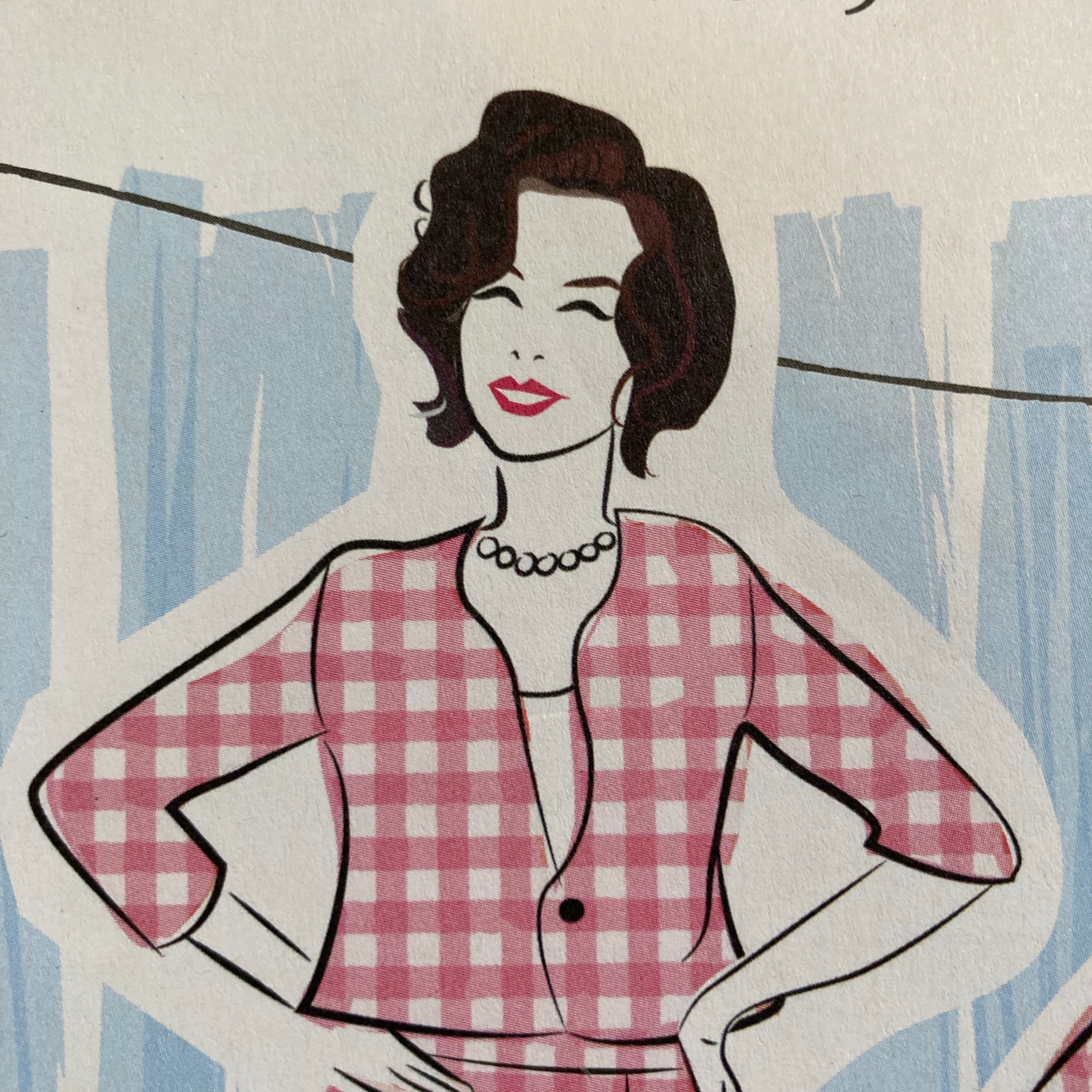
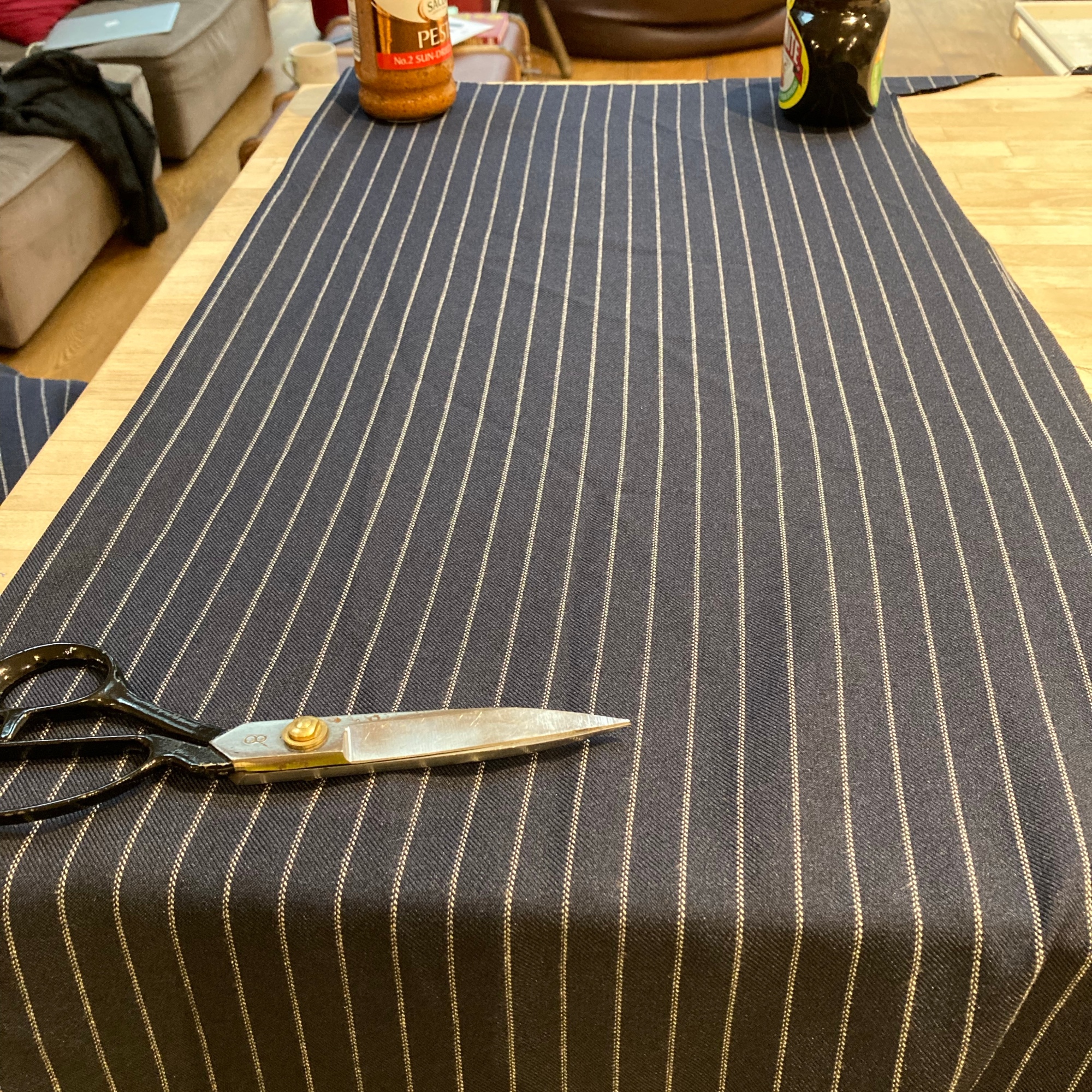

Focusing on planning for the new job rather than screaming at the universe, I decided to do some sewing. I ordered some navy pin stripe suiting from Fabricland, and sorted through my patterns. I chose the Esther trousers by Victory Patterns which I first made almost four years ago, and a new-to-me Jackie O jacket by Simple Sew. I also found some petrol-green-blue bamboo jersey originally from RayStitch in my stash, which I felt needed to be a new Somerset top by Maven Patterns.
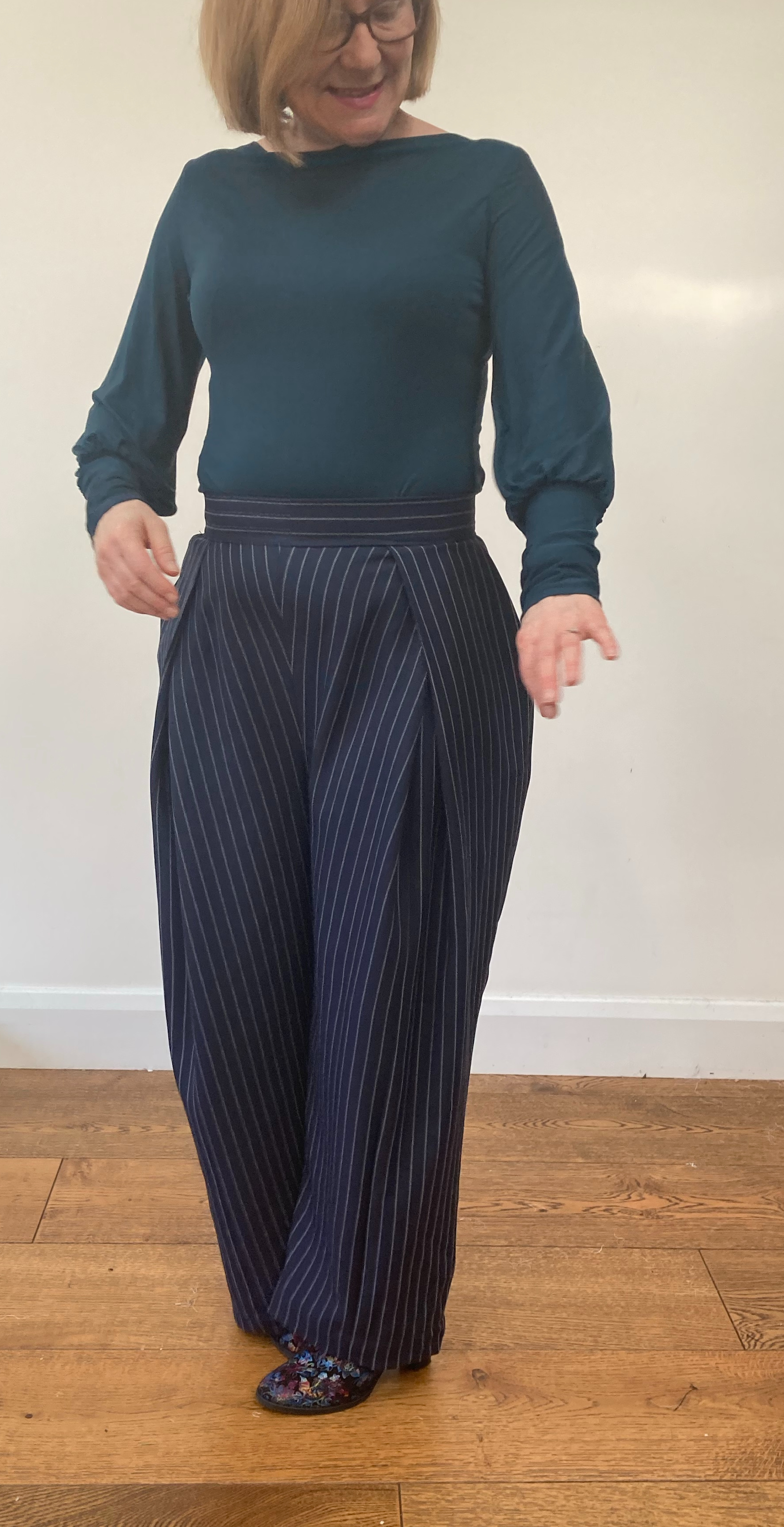
The universe being right on track with pissing me off, the moment I started stitching the bamboo jersey my sewing machine flipped out. It decided that stitching a zig zag was not something that needed to happen consistently – one stitch in four was plenty. In fact stitching at all wasn’t something it wanted to do.
Fortunately, it isn’t just Covid that we share in this family, but also a love of sewing. Daughter 1 is at university studying costume design. Daughter 2 is obsessed with embroidery, but chose a sewing machine as her 18th birthday present a few months ago so that she could start experimenting with freemotion machine embroidery. She is also a generous soul, and said that I could use her machine. [Thank you lovely Alice.]



I started with the Somerset top. It’s a really nice, straightforward pattern that I’d made before. I knew the bamboo jersey would work well with the shape, as it has a lovely stretchy drape. To be fair to my needs-a-service sewing machine, even on my daughter’s brand new machine it wasn’t the easiest fabric to stitch. I was using a jersey needle obviously, but the fabric was almost ‘sticky’ – really didn’t like to move smoothly through the machine. Perhaps I need to invest in a walking foot? It came together easily, and the lovely bishop’s sleeves worked really well in this gorgeous bamboo – it feels lovely to wear.
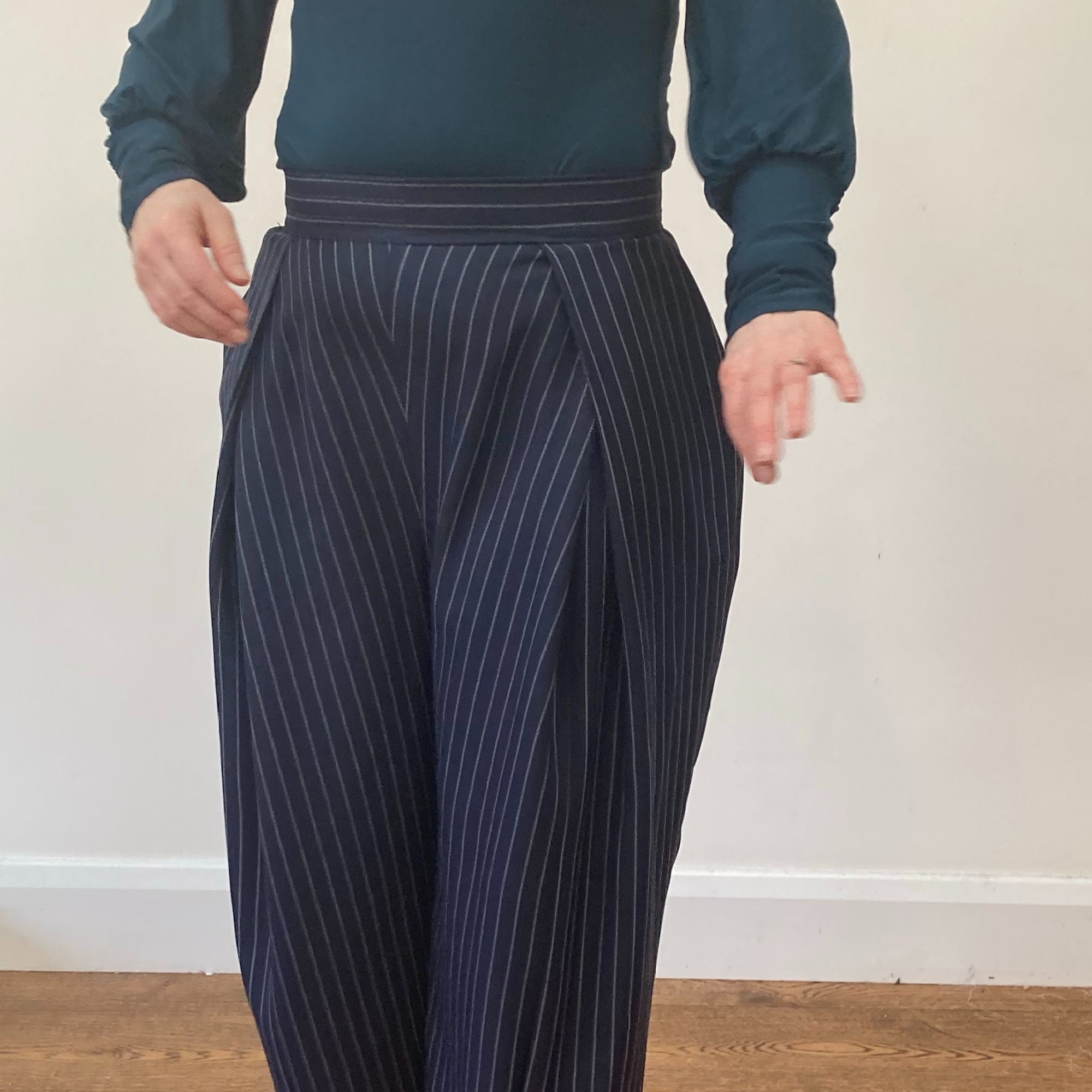
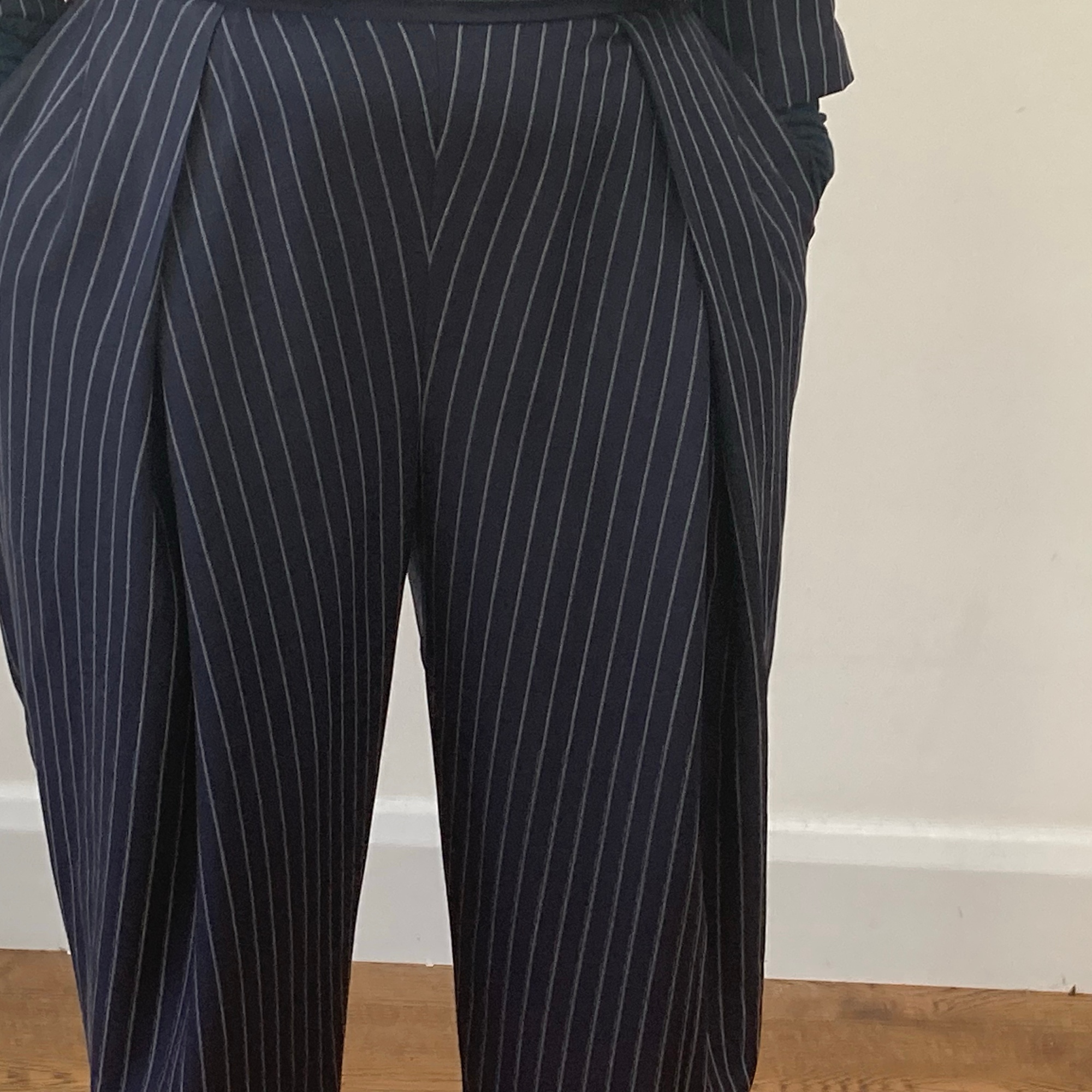
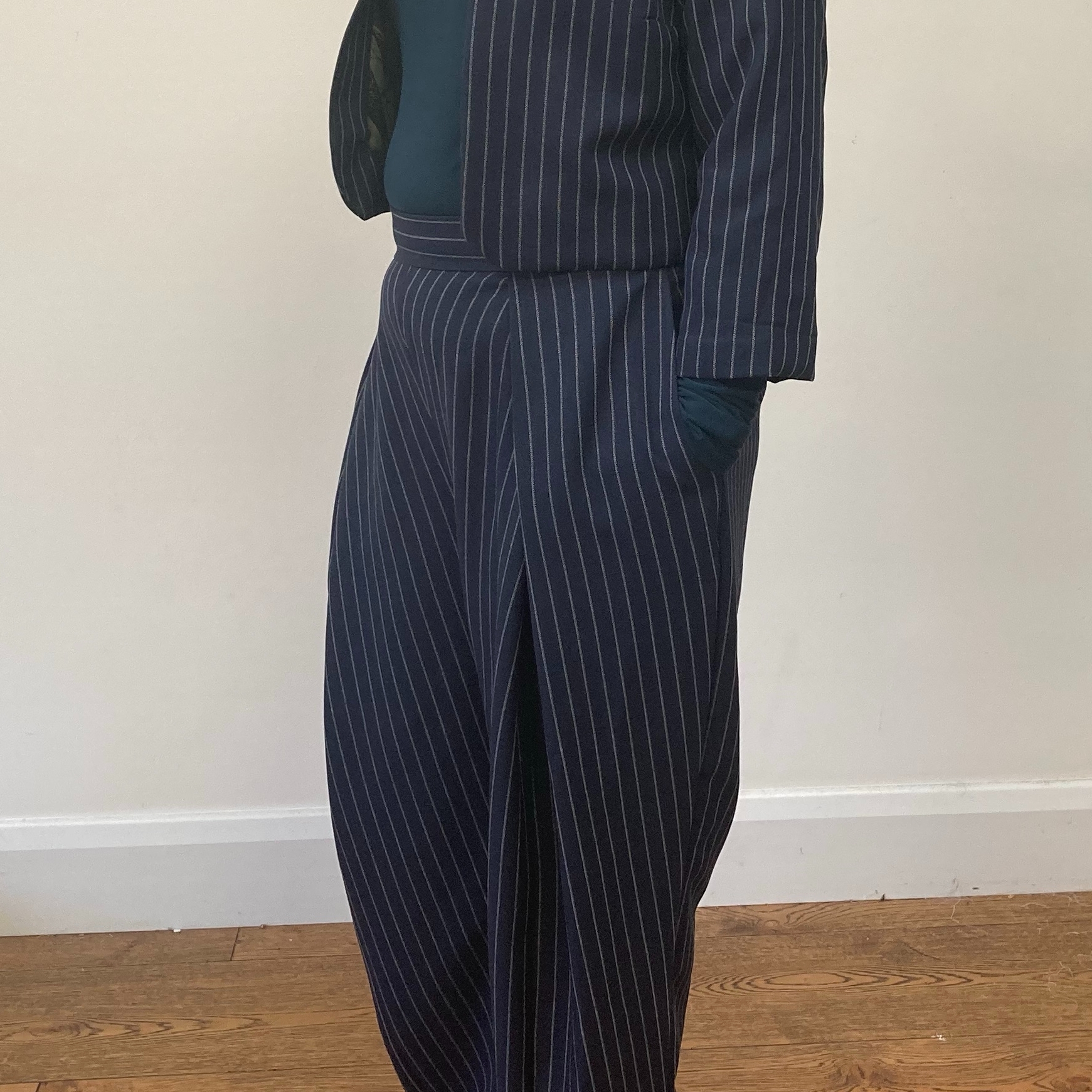
Next I moved onto the Esther trousers. Last time I’d made these in a crepe-backed satin that was much heavier than the pinstripe I bought this time. While I’ve worn those trousers on a fairly constant rotation, I remembered promising myself that if I ever made the pattern up again, I’d use a lighter fabric because the pleating means there’s a whole lot of it bunched at the front – and they’re heavy!
I’m pleased I remembered that. I’m less pleased that I made the cardinal sin of thinking “oh I cut a size X last time, I’ll just cut that again without measuring or anything”. Four years had gone by – that’s a lot of cinnamon rolls. What a numpty.
With the pattern pieces cut out and in front of me, it occurred to me that I had indeed been stupid, so I pinned the pleats, measured the waist line pieces, did some maths to factor out the seams, measured me, did some more maths and scowled. It was quite clear that this wasn’t going to work.
I had plenty of fabric and no rush, so I decided to try adjusting the pieces I’d already cut first. Fortunately with such deep pleats at the front, a small amount of evenly-balanced re-pinning gave me enough space to fit me and my cinnamon rolls in. I had to re-cut the waistband, but that was a much smaller amount of wasted fabric.
After that, the pattern came together really well. The bit I find challenging (aside from the basics of measuring obviously) is the number of layers of fabric that you end up with in the waistband area – with two pleats overlapping, plus the band encasing the lot, it’s about six layers in some places. It helps that it’s a thinner, lighter fabric this time – but it’s still odd and lumpy to handle and you need to sew slowly and carefully over that kind of bulk.
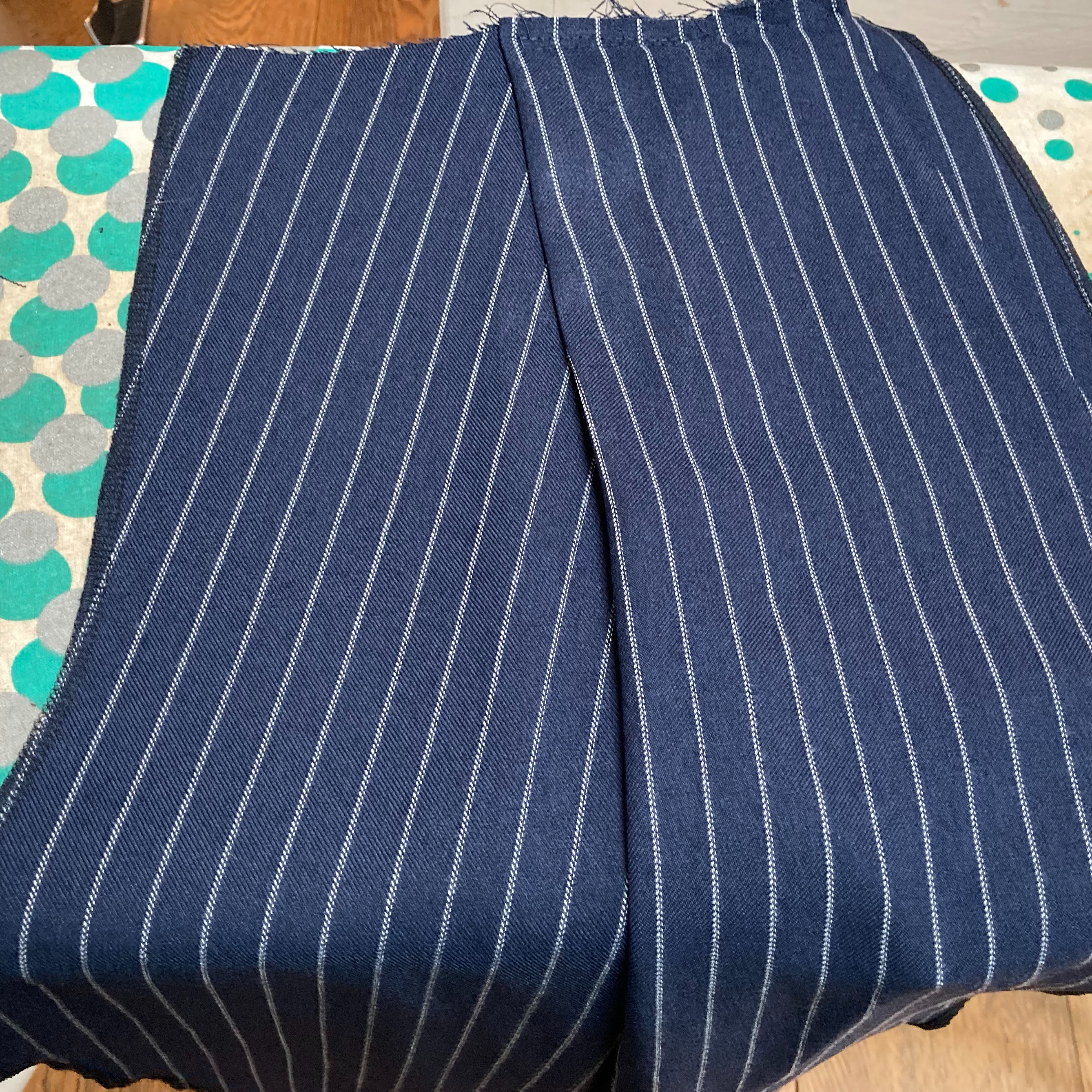
Can I just say how much I love the pinstripe with the pleats? I do love this pattern anyway (because who doesn’t love that kind of swooshy pleat?) but I haven’t sewn much with stripes in the past, and this gives me so much pleasure that I’m going to be doing it a lot more in the future. I also enjoyed cutting the new waistband on the crossgrain, so that the contrasting stripe direction would be horizontal. Oh and they’re really comfy to wear, and they have enormous pockets. A proper win.

So my final piece was the Jackie O jacket. I’d chosen it to balance out the curvy, swooshy trousers with a short, cropped jacket. I felt that the light suiting fabric would need something to help give it a bit more substance, so I decided to underline the whole thing.
Underlining is not the same as lining. It’s adding a layer of fabric to give structure – rather than to hide the mess of the innards and give an easy slide to getting the garment on and off.
So only a fool would underline using a lining fabric rather than one to give structure, right?

Except I’ve always wondered about it. For an unlined jacket style, by underlining the fabrics (essentially basting the two pieces together and then treating as one), surely you’re effectively creating a satin backed crepe effect? I thought it was worth the try. I had some gorgeous lining fabrics in my stash that I picked up from Fabworks, and chose the parrots (or ‘avian amazement’ apparently looking back at my receipt) to work with my navy pinstripe.
OK, so firstly the pattern – the Jackie O is very straightforward – a no fuss jacket that comes together very easily. There are no tailoring techniques, or shaping beyond a couple of pleats around the bust, and that keeps things very simple. All the pieces were accurate (except the pockets which were a completely different shape – but I chose not to use them in the end) and true. I’d say it comes up quite small – I cut a size larger than I measured to at the bust and that’s only just OK. I won’t be wearing it over any jumpers.

I’m glad I experimented with the underlining, because the suiting fabric on its own would have been just too thin. I cut out the main pieces (back, two fronts, two sleeves) in the lining fabric and spent a couple hours in front of old episodes of the Great British Sewing Bee (happily all available on iPlayer at the moment, and brain-like-a-goldfish me can barely remember what happened, so love rewatching them) tacking them together in the seam area. I tried hard to keep them flat throughout this time, and not to distort either fabric through combining them.
The instructions on a Simple Sew pattern are brief and to the point. This is not the pattern you’d want if you were making your first garment, but it was such a contrast to the detailed steps of the Esther trousers that it felt somehow freeing. If you need to be told to understitch a seam to a facing, or how to press or hem, then you probably want a pattern that will take you through it in more detail.

So underlining with the parrots – firstly, can we give some love for those avian beauties? Aren’t they just lovely? I probably wouldn’t do it again though, or at least not in the same way. It definitely made things sit not quite as flat in the shoulder area, which is annoying. It was nice to be able to handstitch the facings and the sleeve hem to the underlining, so that nothing shows on the outside of the jacket – and I love the glimpse you get of the lining from time to time. But next time I’d probably just add a proper lining to a pattern that it suited. However, good to try and good to know how it works/doesn’t.
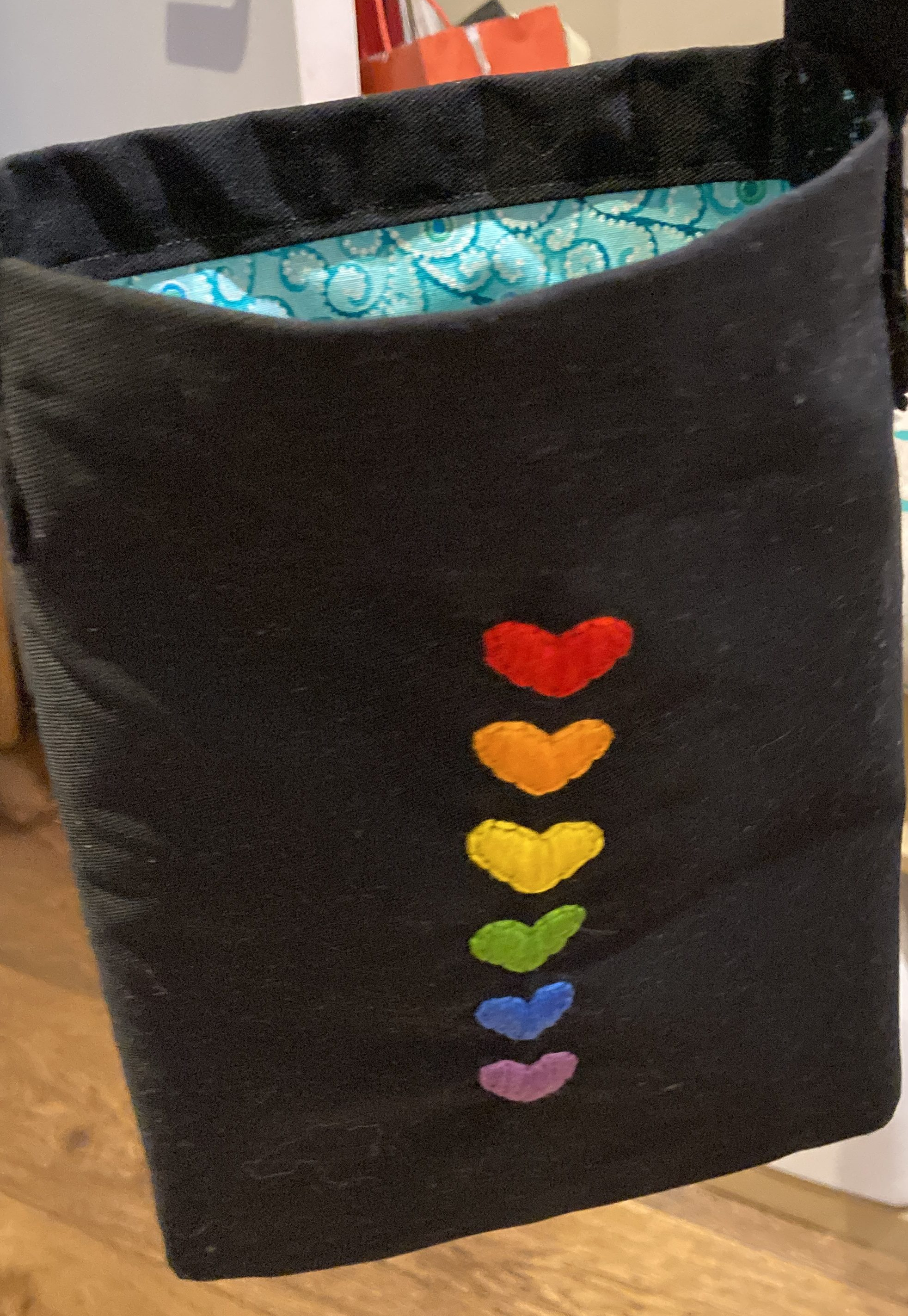
So, that was most of my lockdown sewing. In addition I’ve made a bag for my mum’s syringe driver (embroidered by Daughter 2 and showing here) using this pattern by Warkworth WI. I used fabrics from my stash, including the piece for the lining – a fat quarter from Creative Quilting designed by Blank Quilting Corp and dedicated to those touched by ovarian cancer. A proportion of the proceeds from this beautiful collection are dedicated to an ovarian cancer charity. I’d never even heard of syringe drivers until a couple of weeks ago, let alone the fact that a person with one needs to carry them around all the time – so lightweight bags of the right size are what’s needed. If you have a local hospice and some time, you could do a lot worse than helping out by making a stack of syringe driver bags and sending them there.
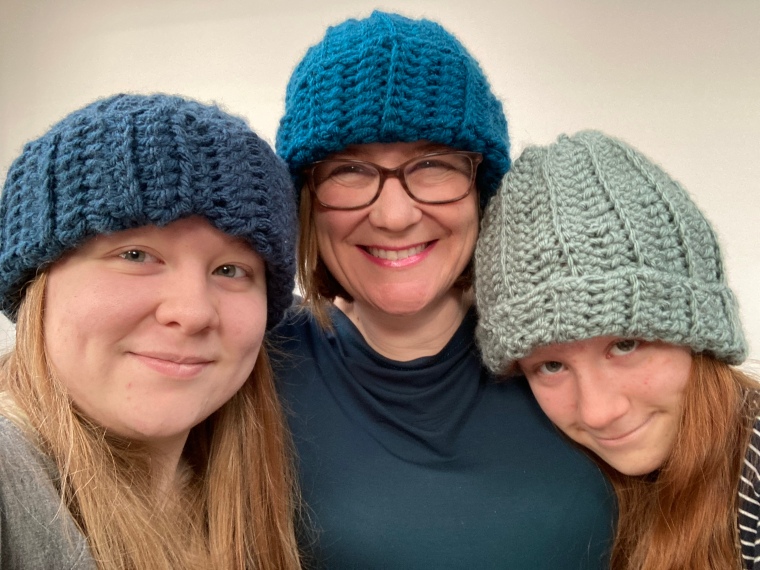
I have also now crocheted five woolly hats for my family, using King Cole chunky yarn. I bought some in John Lewis initially, but found a much wider range of colours online via LoveCrafts and for only £2.39 per ball. The pattern is from the reasonably-accurately-titled ‘You will be able to crochet by the end of this book’ book, bought as a birthday present last year by my lovely friend Vanessa. It takes about a ball and a half to crotchet a toasty warm woolly hat, and even for someone as slow as me, it only takes a day or so of sporadic crocheting. I’m crocheting a scarf with the leftover bits that we’ll have to share.


So there we are. Today is day 9, still a firm positive on this morning’s test, so I have the final two days, today and tomorrow before I can once again taste freedom. I cannot wait to get back to spending important time with my wonderful mum, but I’m glad I’ve had sewing and crochet to stop myself going completely bonkers during this time. Stay well out there.











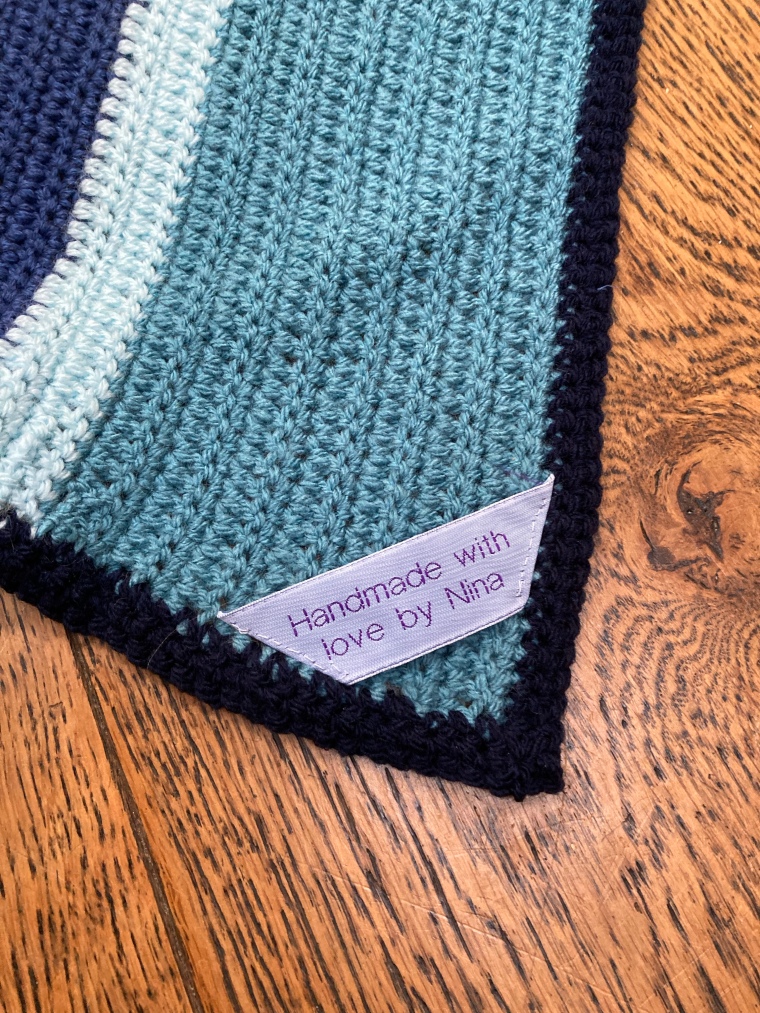

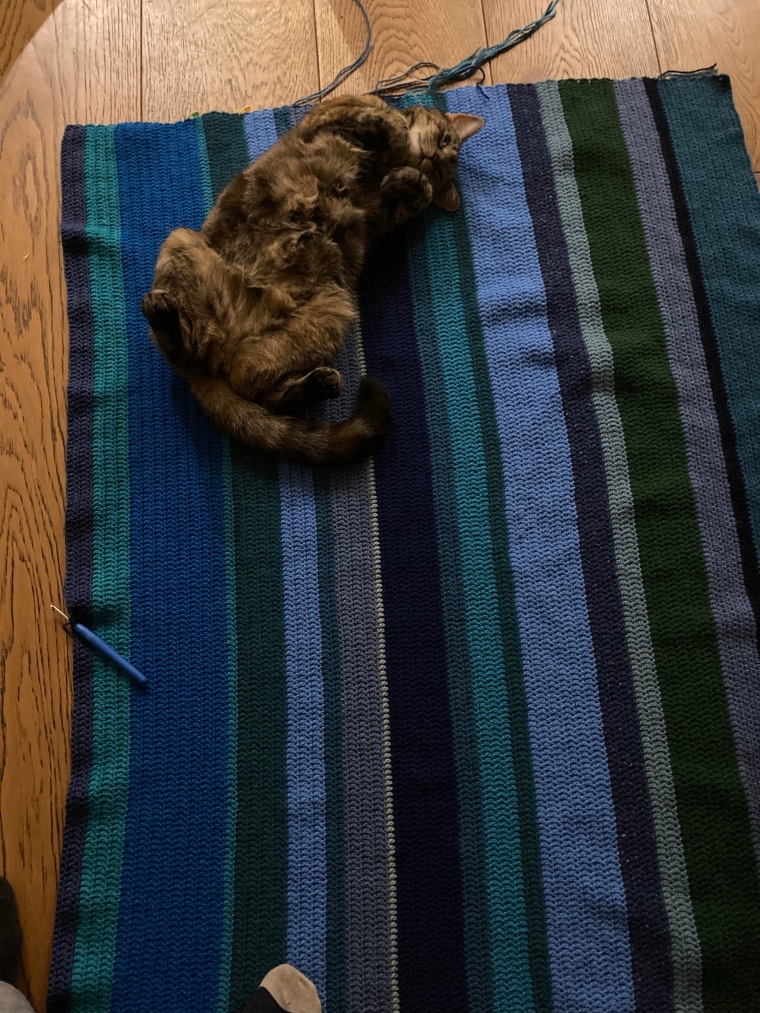


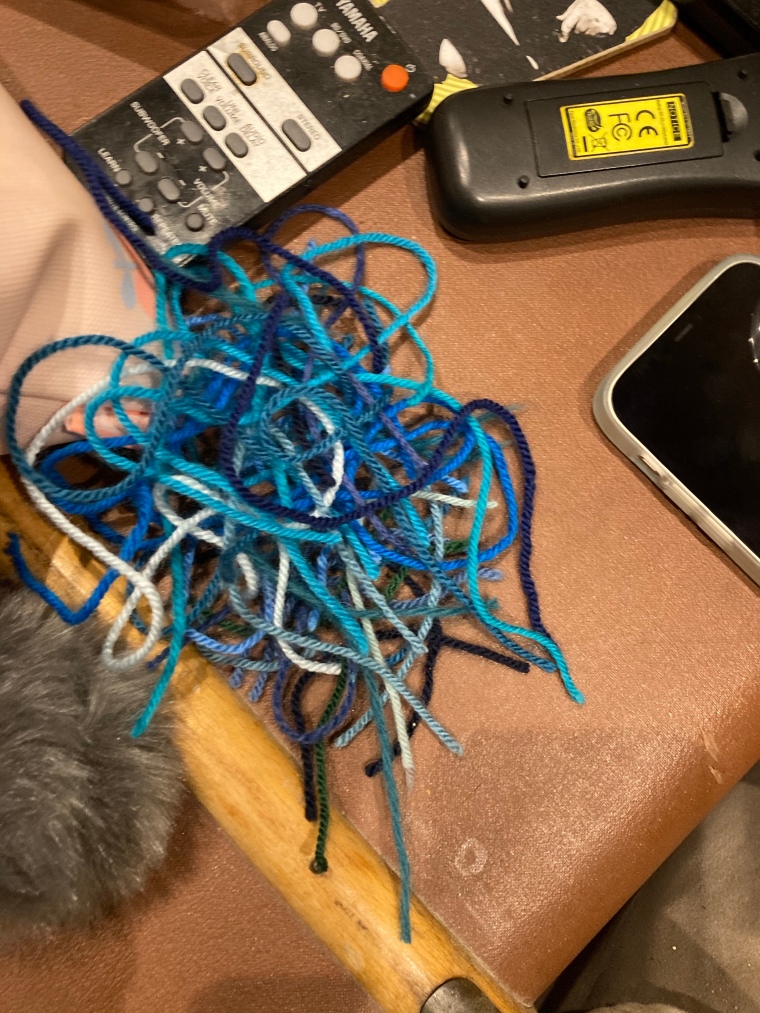
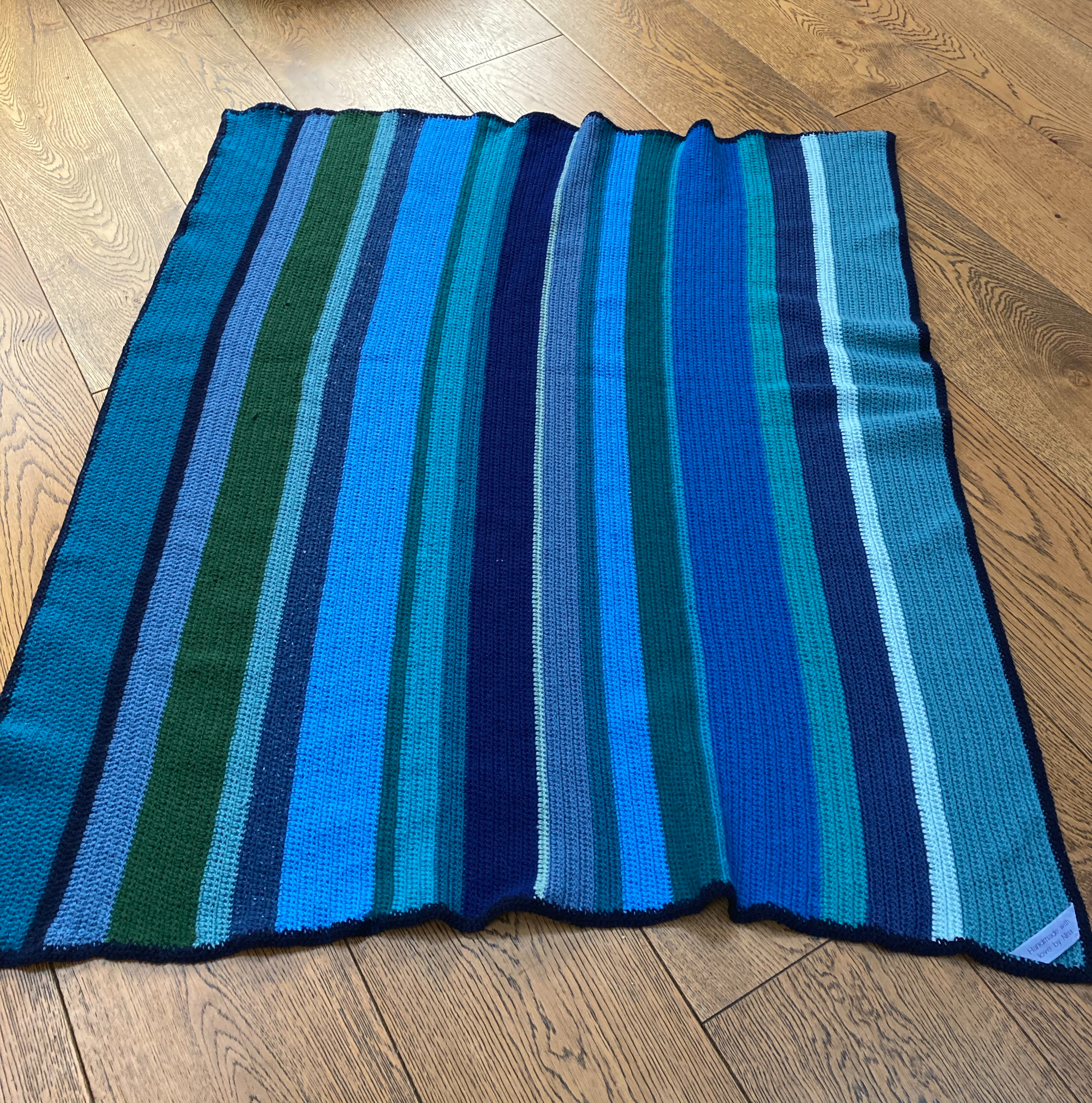
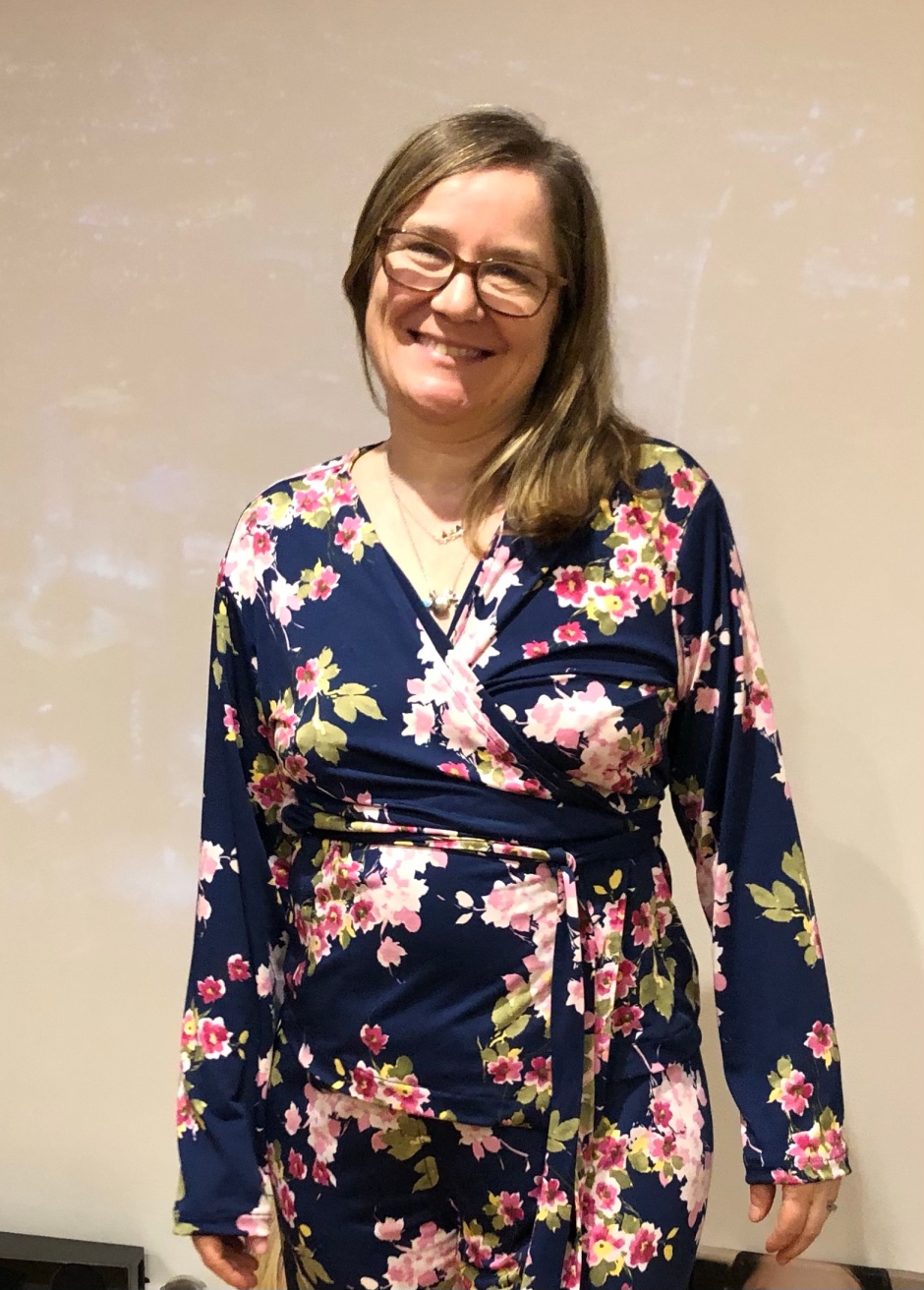

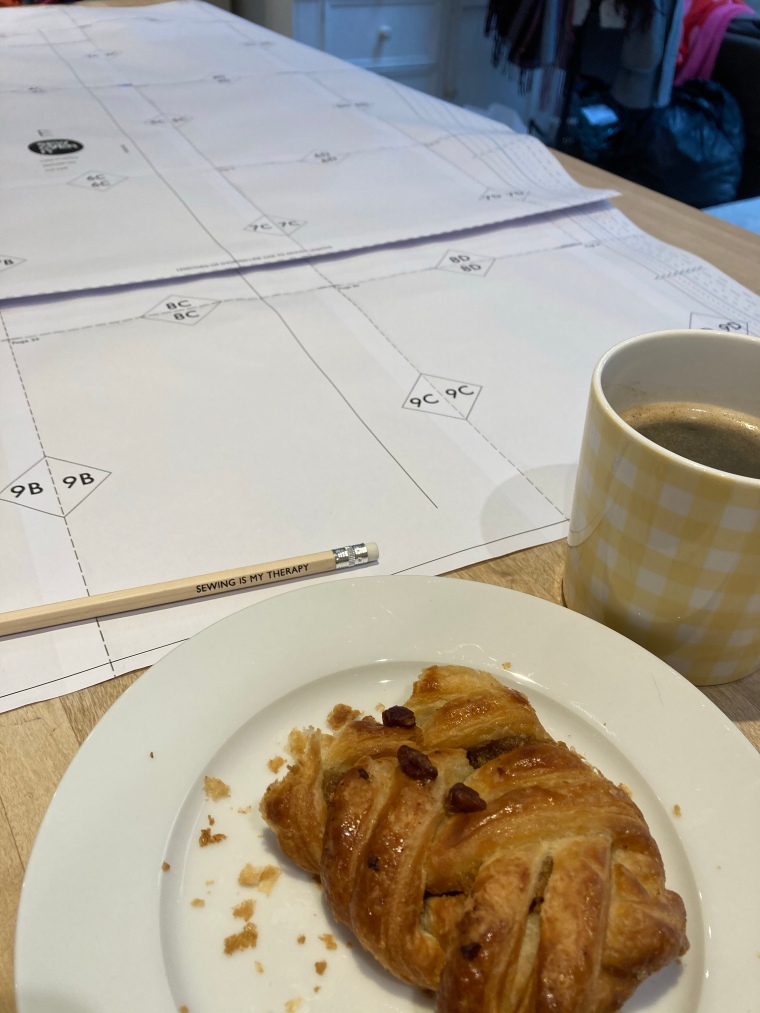
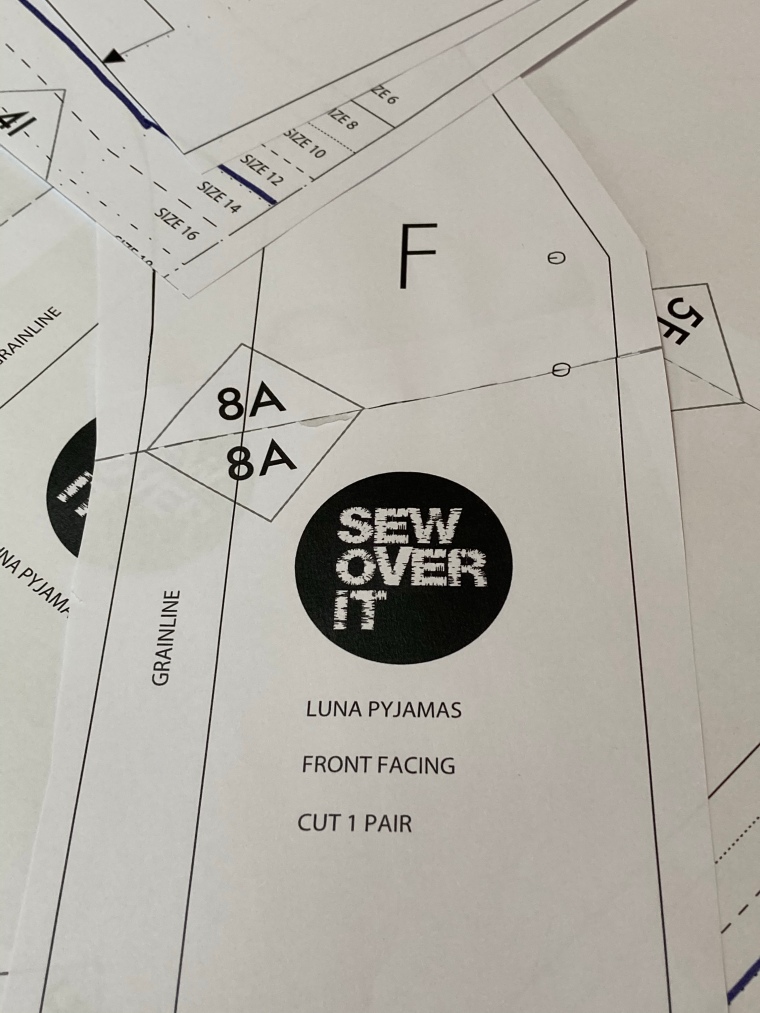

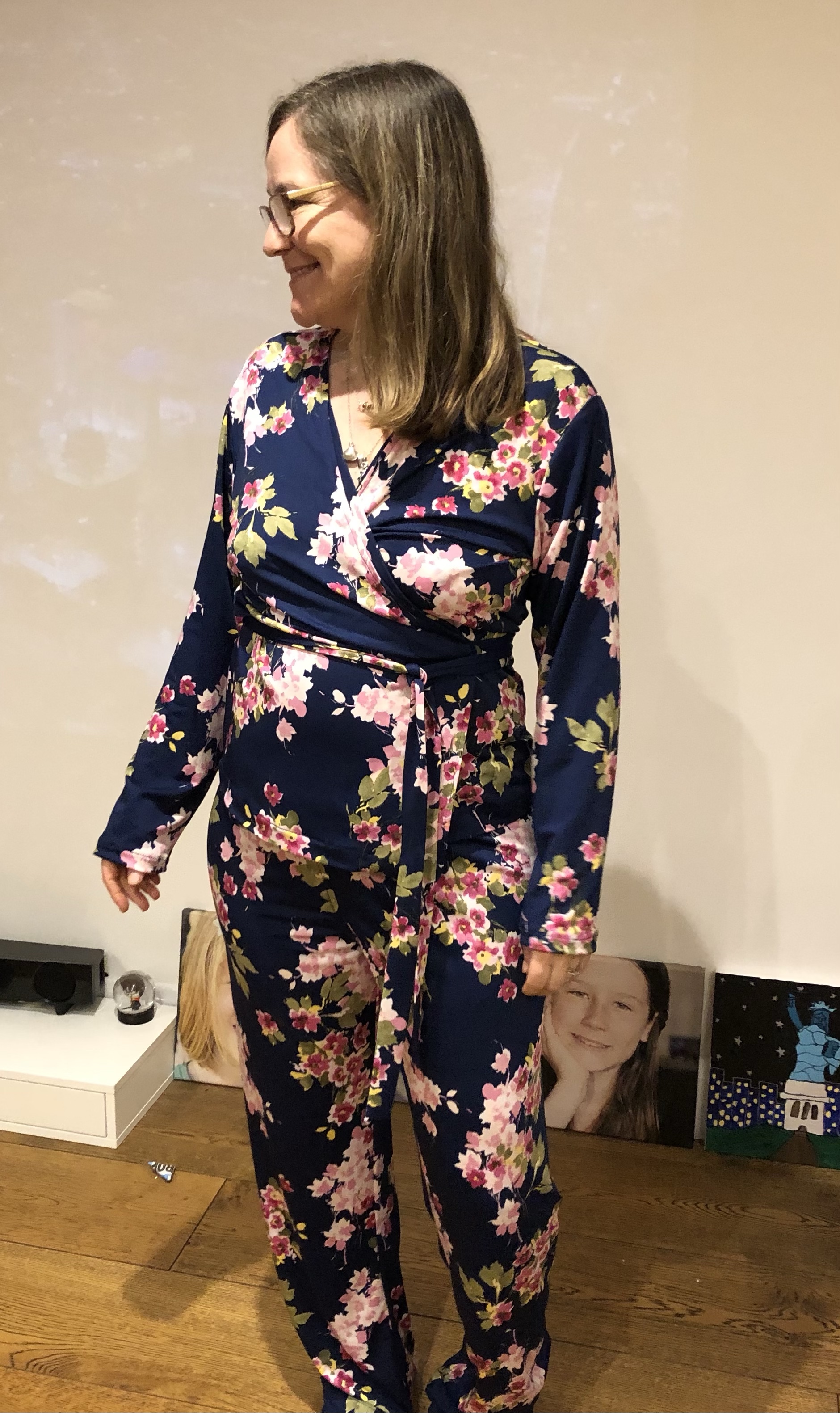


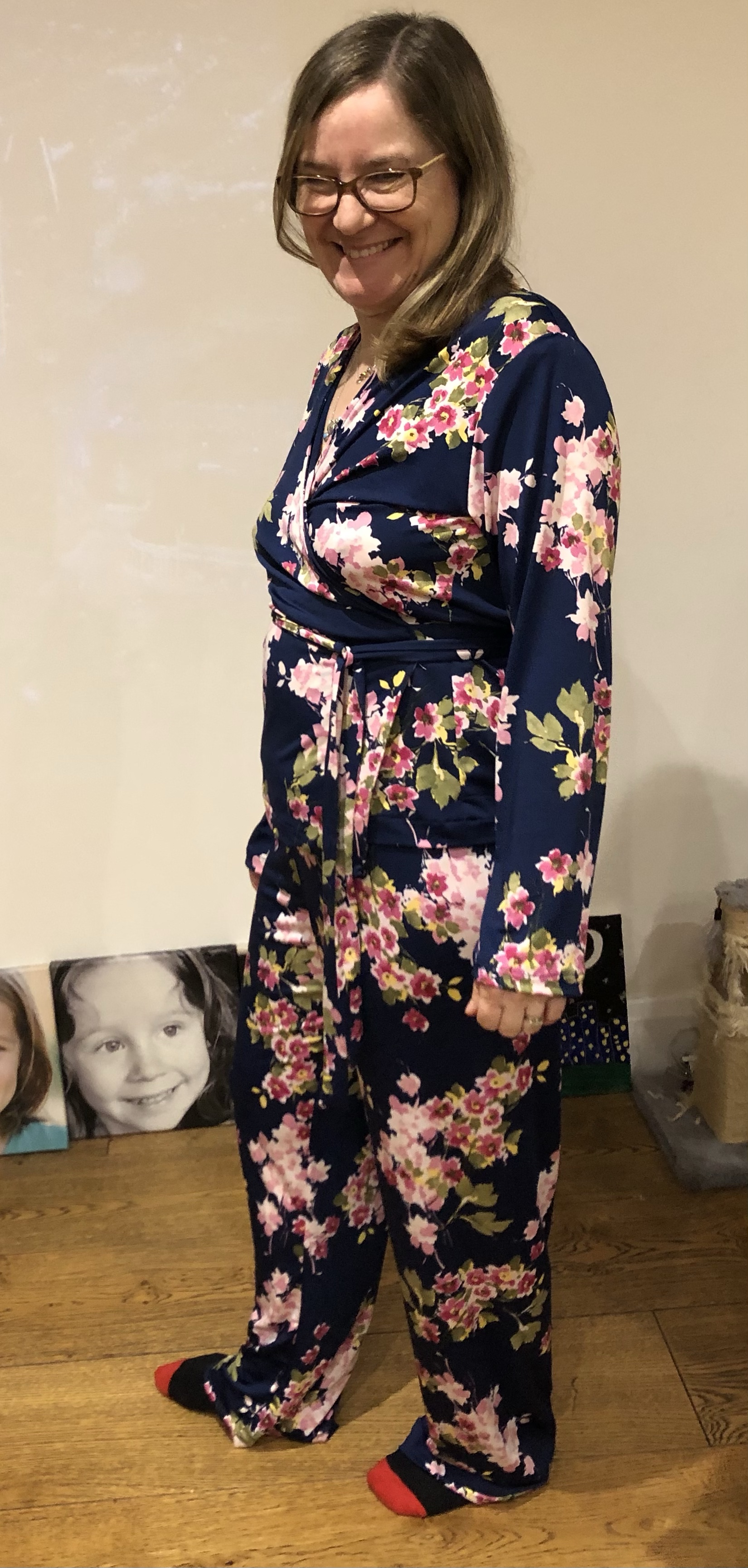

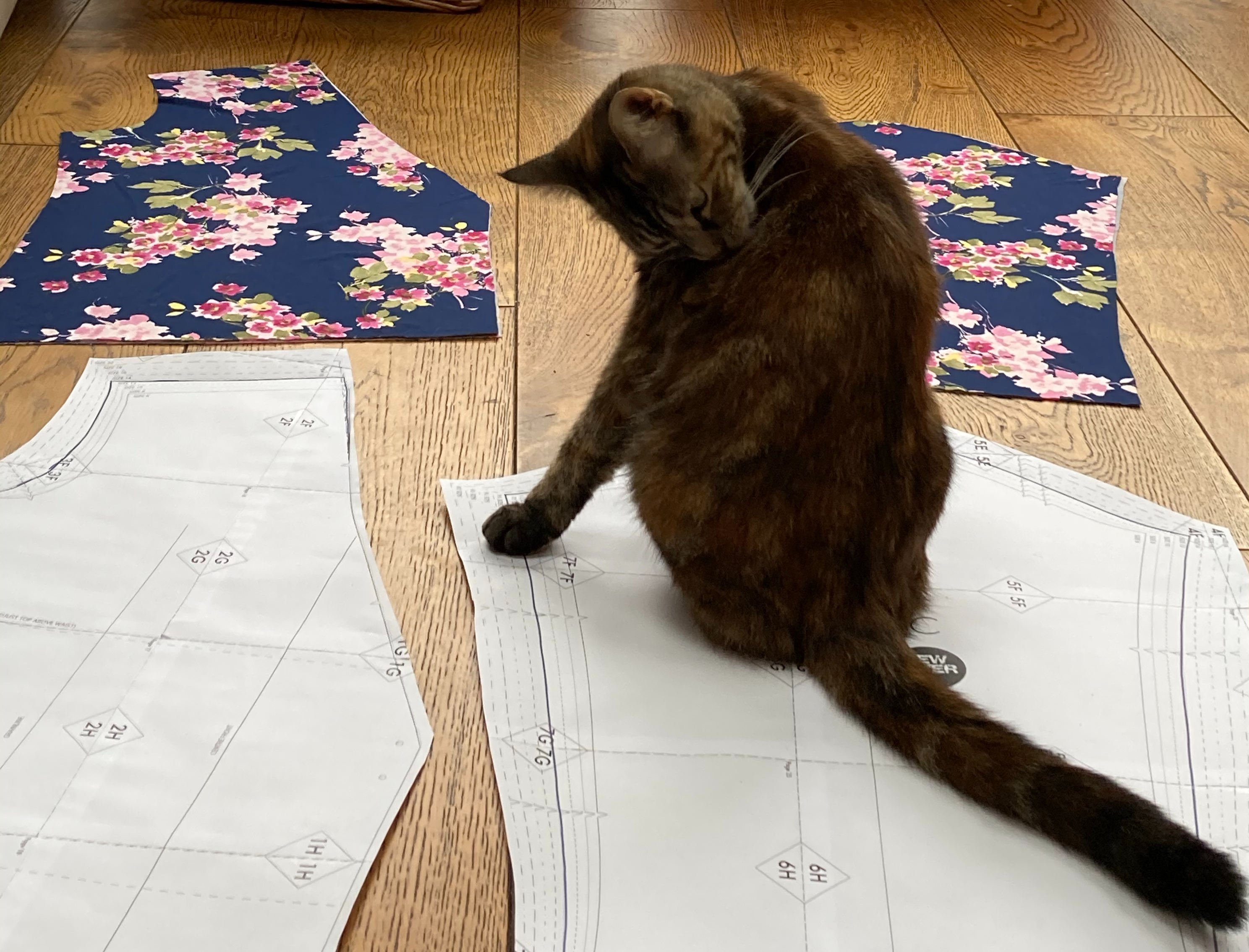
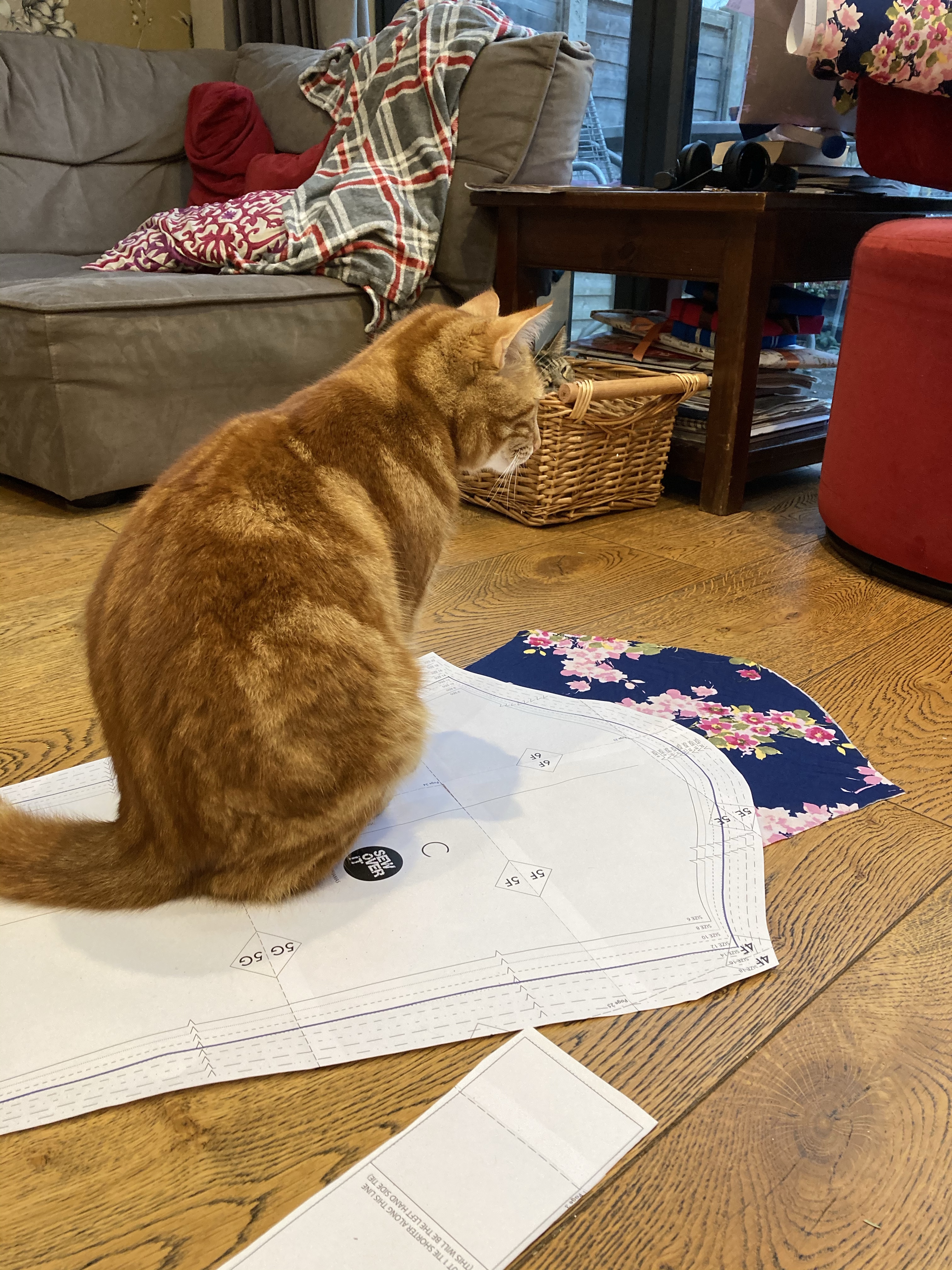

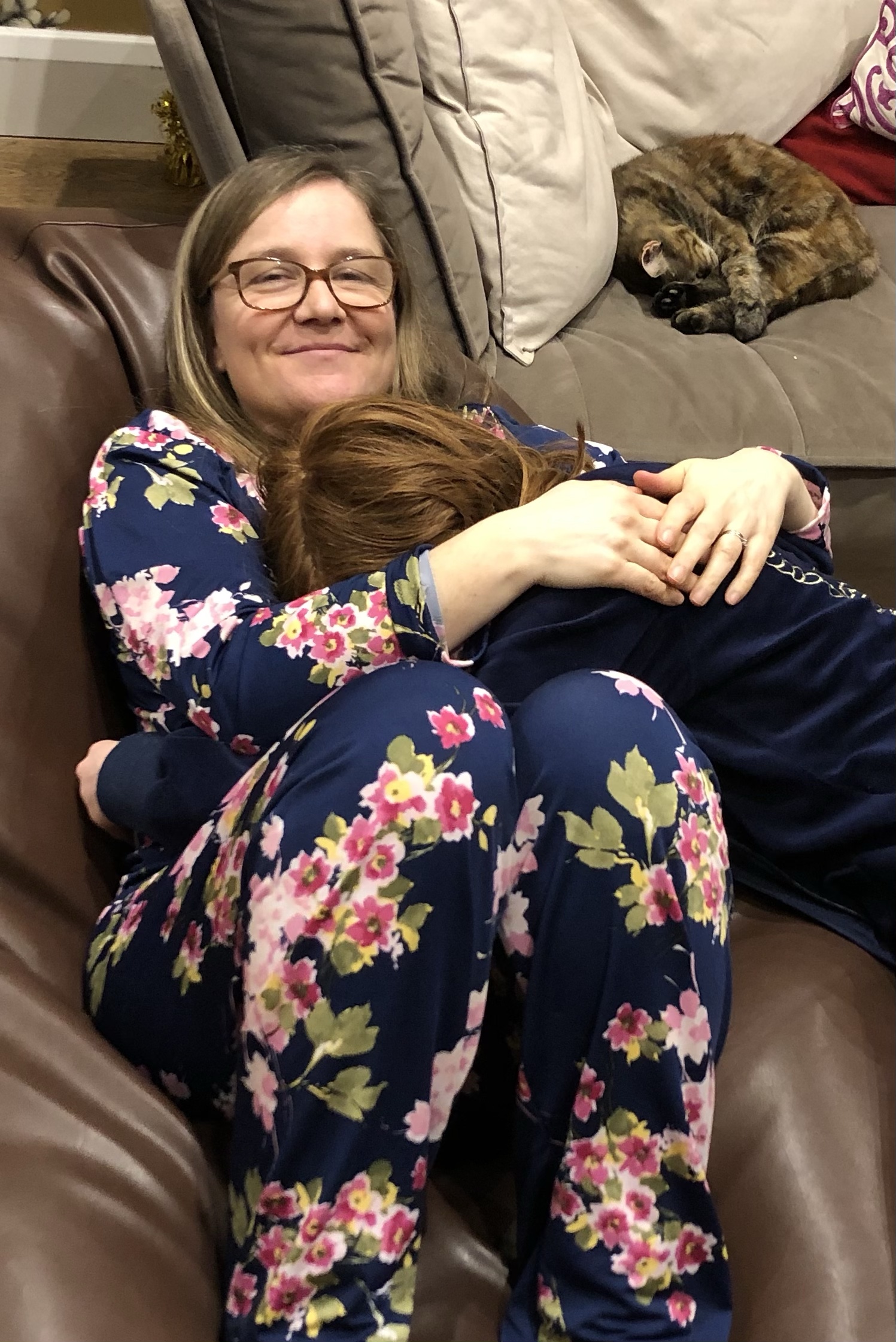
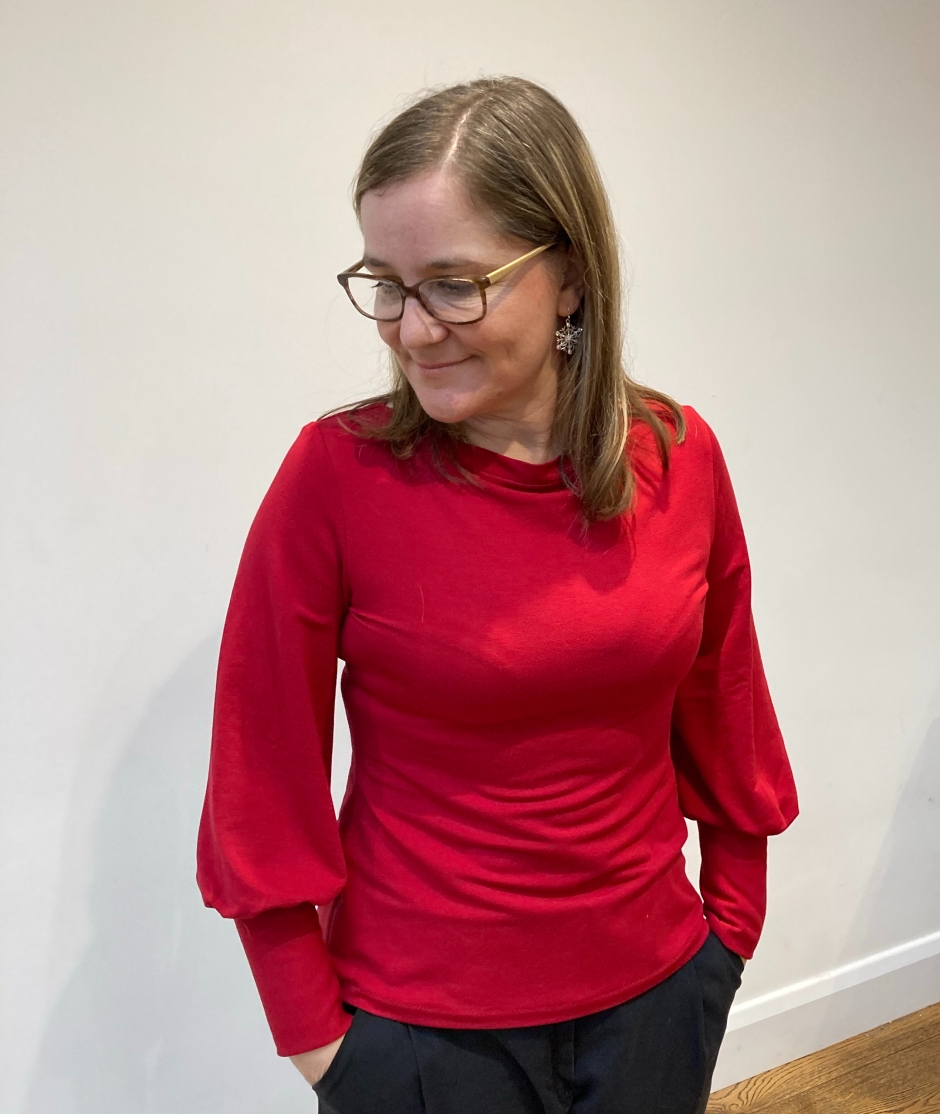



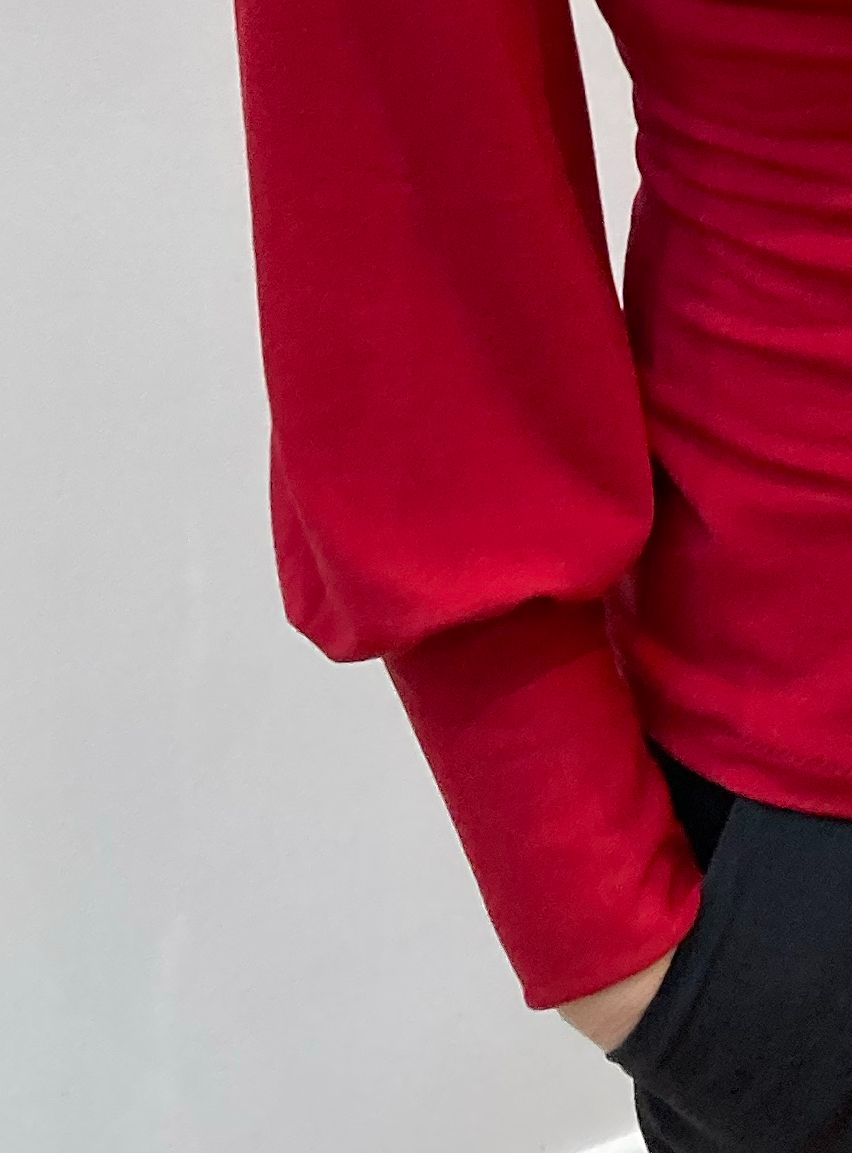

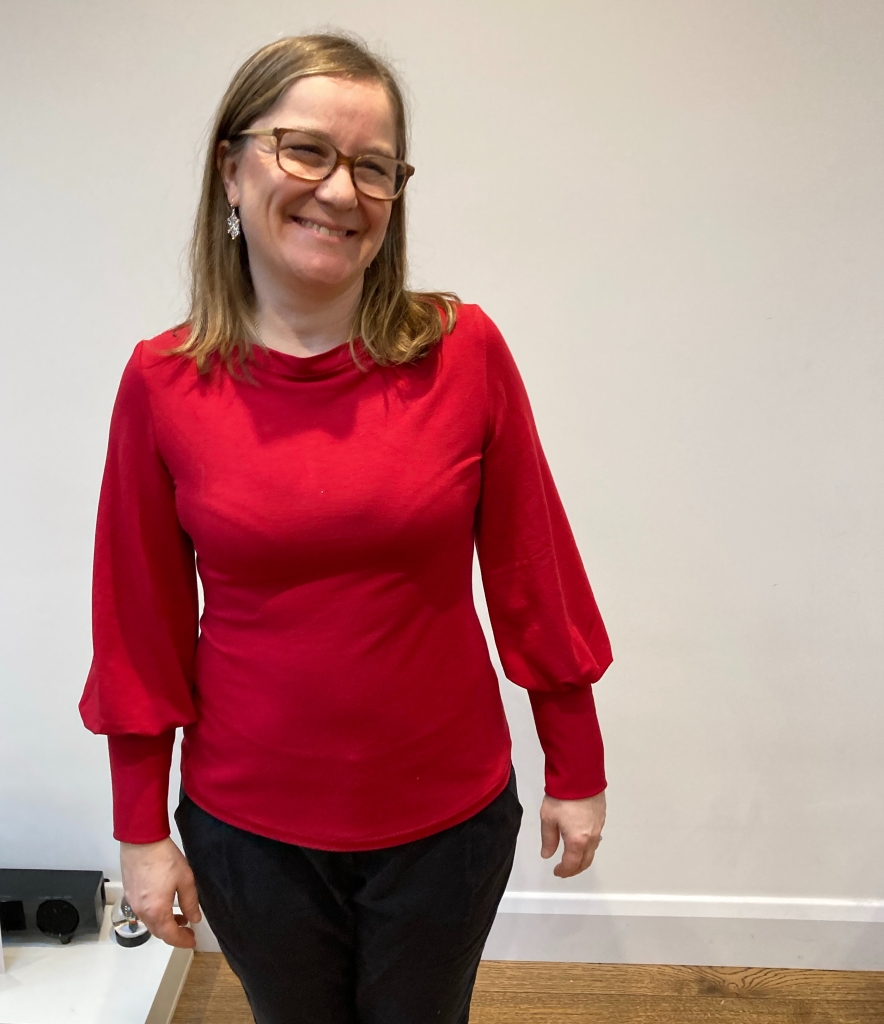
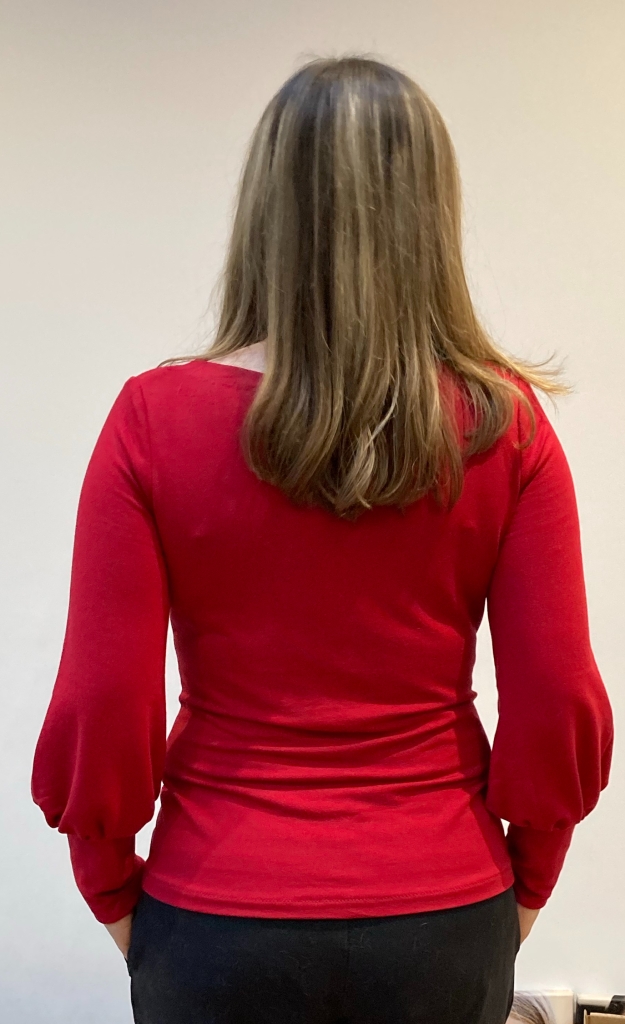
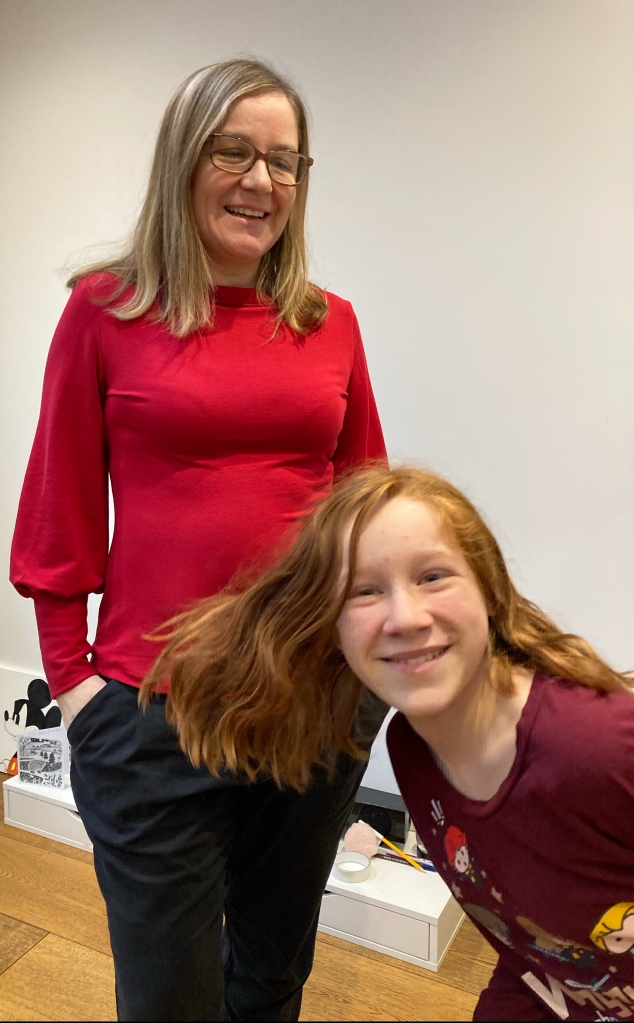
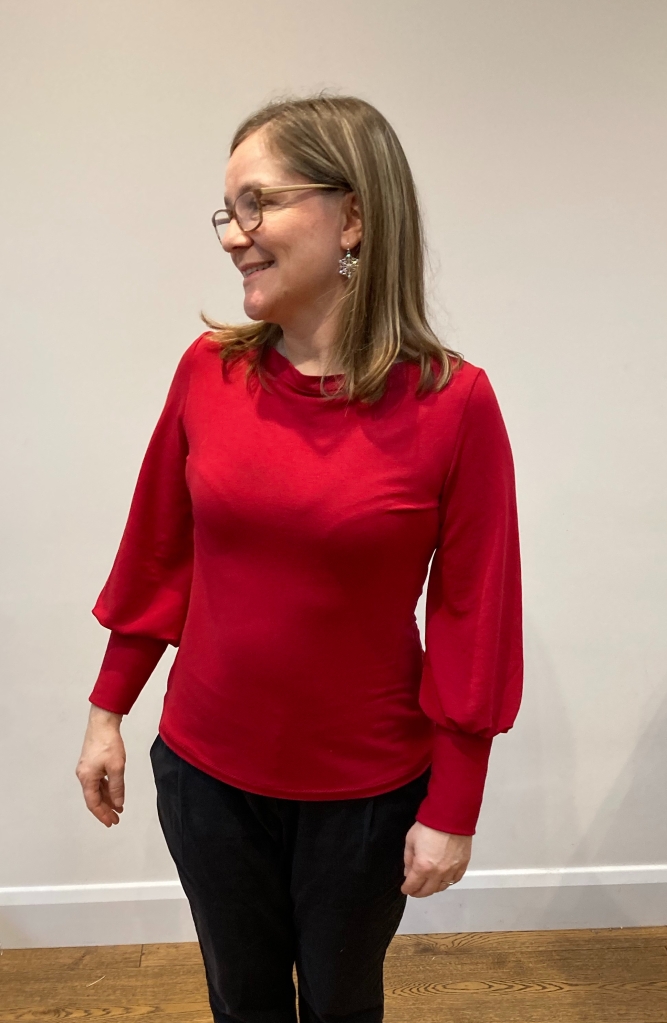
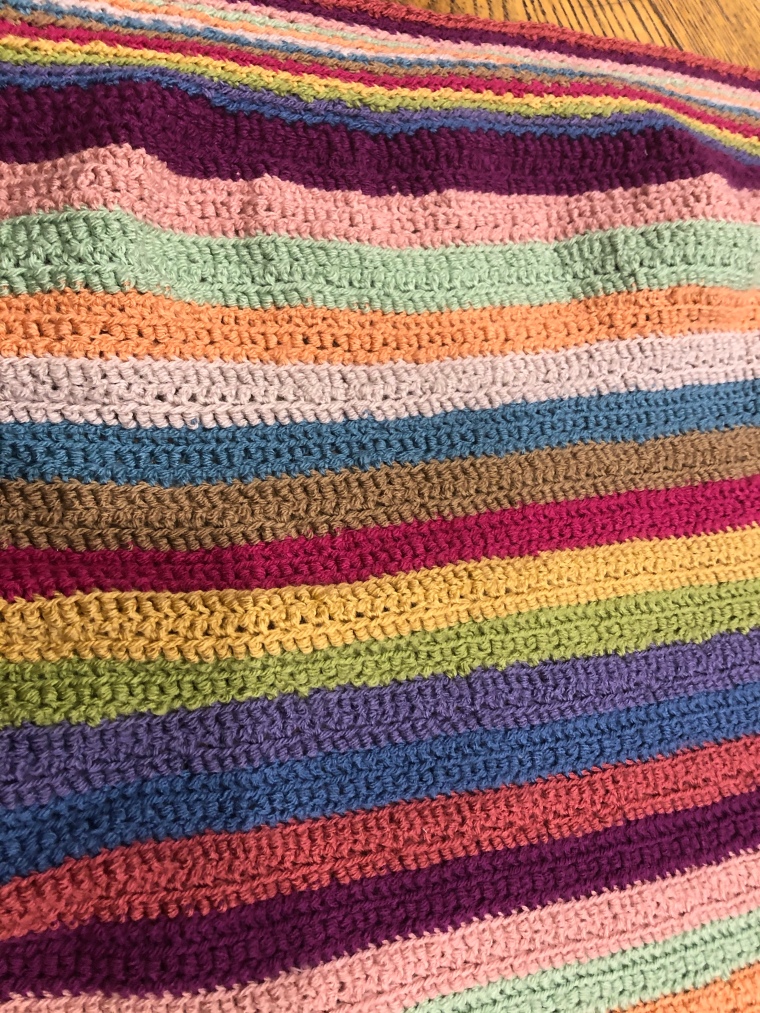

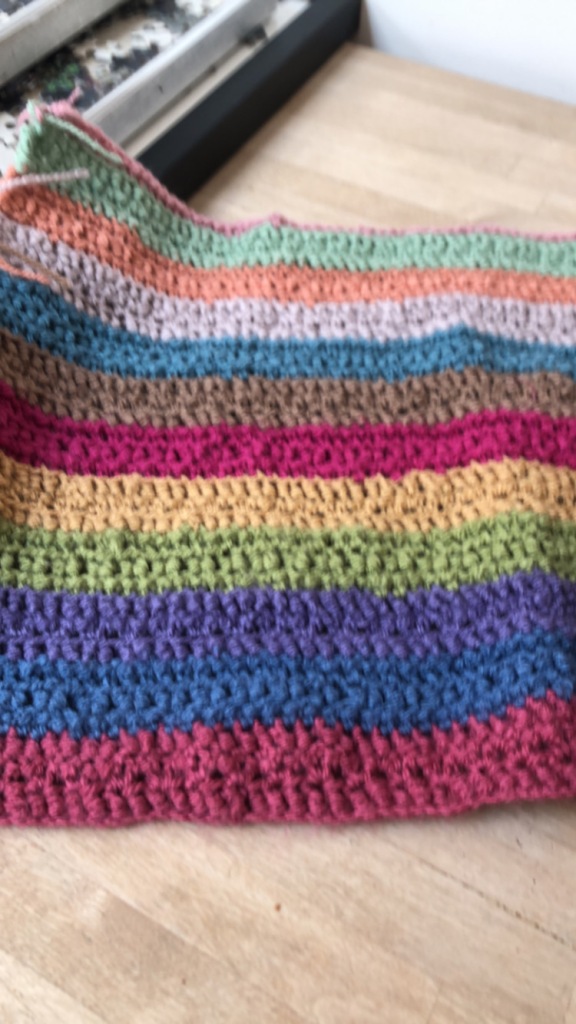


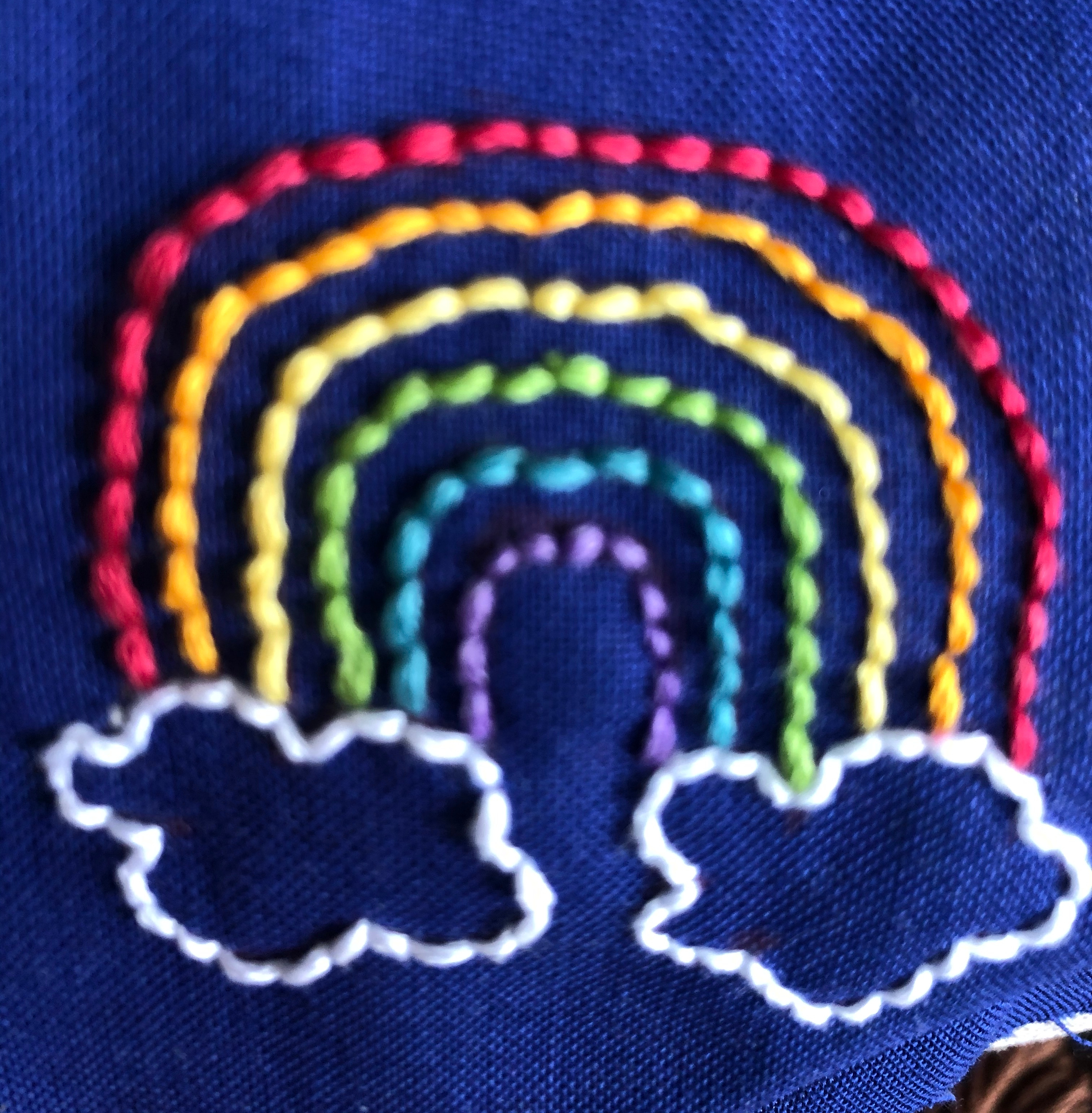 It’s the eighth week since lockdown began and, true to the “slow sewing” bit of my blog’s strapline, I’ve finally finished four sets of scrubs which I’ll deliver this morning to the Royal Hospital for Neurodisability in Wandsworth. The hospital sent a message to my place of work just as we were all shutting down, asking if anyone would be able to make some scrubs for them – and while it’s taken a lot longer than it should have, I’m very pleased to have now got a batch ready to deliver.
It’s the eighth week since lockdown began and, true to the “slow sewing” bit of my blog’s strapline, I’ve finally finished four sets of scrubs which I’ll deliver this morning to the Royal Hospital for Neurodisability in Wandsworth. The hospital sent a message to my place of work just as we were all shutting down, asking if anyone would be able to make some scrubs for them – and while it’s taken a lot longer than it should have, I’m very pleased to have now got a batch ready to deliver.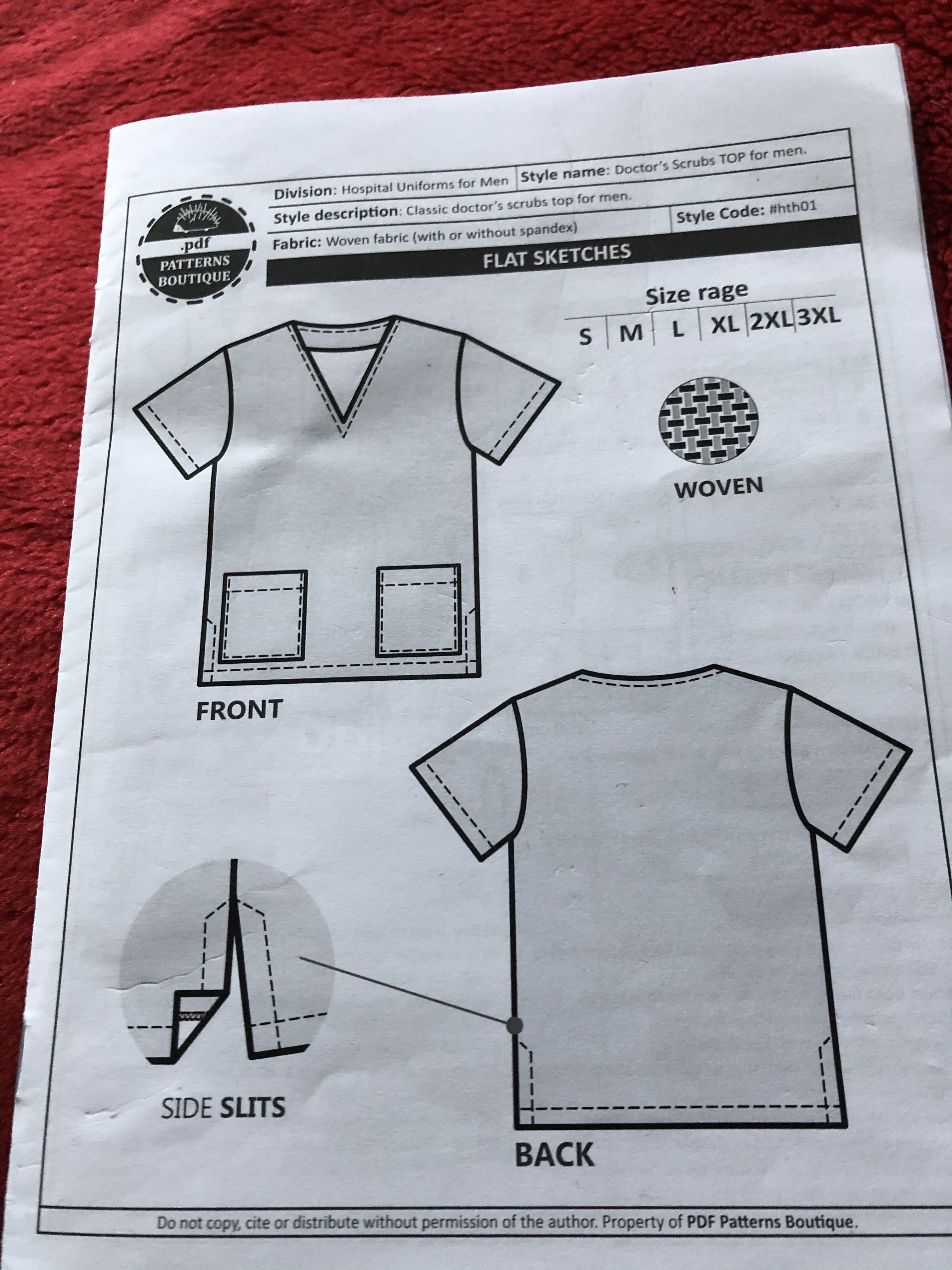 The hospital’s email had suggested a pattern – one produced by PDF patterns boutique and imaginatively entitled ‘Classic doctor’s scrubs for men’. The important bit was that they are/were being printed by Blue Sky Printing at cost – so for only a few pounds and in only a few days the printed pattern and instructions were at my door. Similarly Fabricland were prioritising orders for people supporting the NHS through sewing, and so about a week later I had 15m of blue cotton which I was washing and ironing – on a beautifully warm and sunny day over Easter (obviously). And it turns out that ironing 15m of anything takes a pretty long time.
The hospital’s email had suggested a pattern – one produced by PDF patterns boutique and imaginatively entitled ‘Classic doctor’s scrubs for men’. The important bit was that they are/were being printed by Blue Sky Printing at cost – so for only a few pounds and in only a few days the printed pattern and instructions were at my door. Similarly Fabricland were prioritising orders for people supporting the NHS through sewing, and so about a week later I had 15m of blue cotton which I was washing and ironing – on a beautifully warm and sunny day over Easter (obviously). And it turns out that ironing 15m of anything takes a pretty long time.






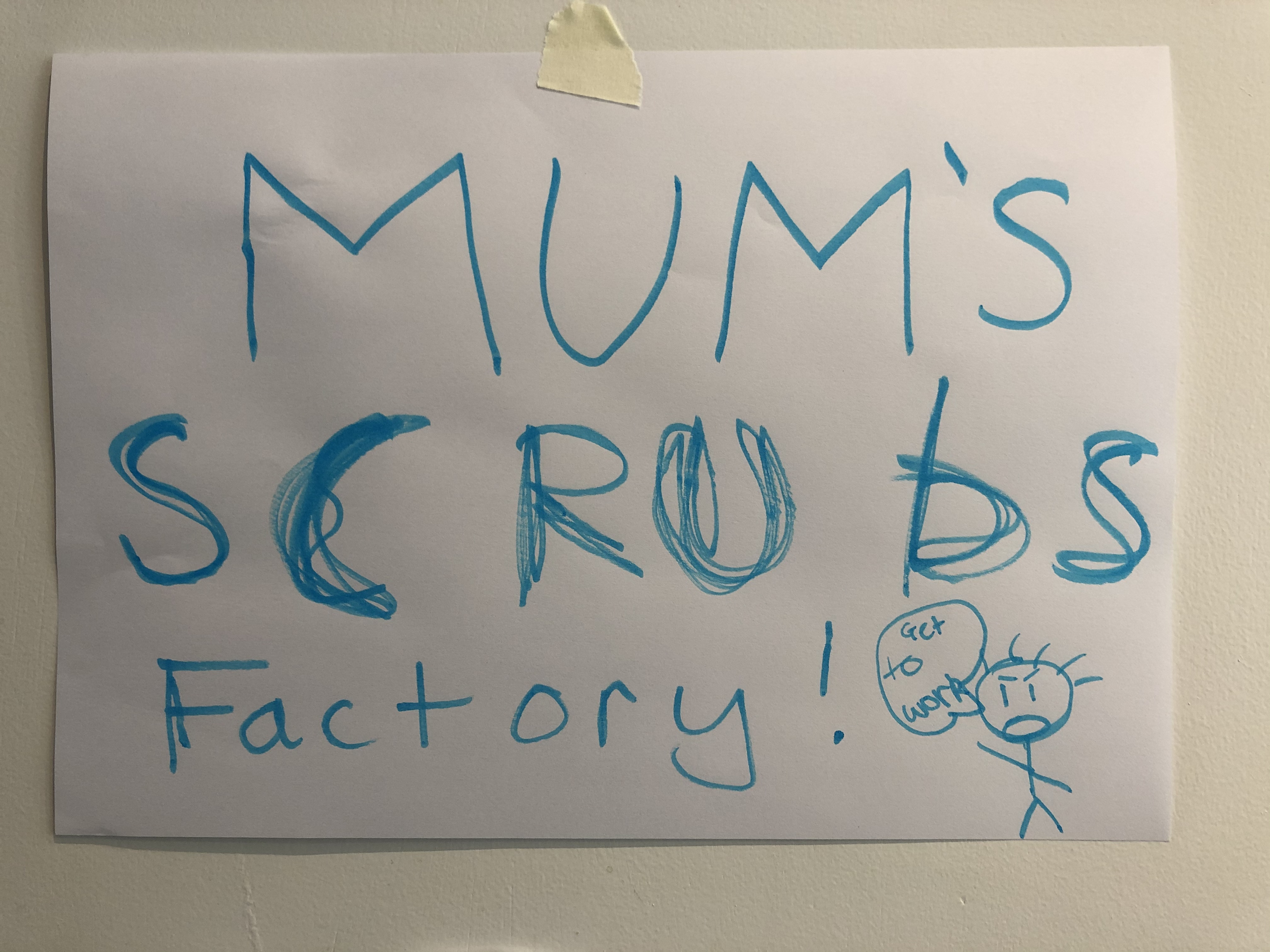
 Thirdly, instructions for this pattern were sparse to say the least – but that’s OK. I’ve not used this type of pattern before, and it was effectively diagrams with the odd note. Not what I’m used to (spoiled by the step-by-step hand-holding of most indie patterns these days) but actually sufficient. The garments being made were not fitted, and were basic and simple. I wouldn’t opt for this kind of instruction for anything more complicated – but it gave me taste of how sewing was in the past (vintage patterns have very little guidance) and how some of those more experienced dressmakers can ignore a pattern’s text and just read the pieces based on their own experience.
Thirdly, instructions for this pattern were sparse to say the least – but that’s OK. I’ve not used this type of pattern before, and it was effectively diagrams with the odd note. Not what I’m used to (spoiled by the step-by-step hand-holding of most indie patterns these days) but actually sufficient. The garments being made were not fitted, and were basic and simple. I wouldn’t opt for this kind of instruction for anything more complicated – but it gave me taste of how sewing was in the past (vintage patterns have very little guidance) and how some of those more experienced dressmakers can ignore a pattern’s text and just read the pieces based on their own experience.






 With a casualness that belongs to another time (was it only a matter of weeks ago?), I went to the
With a casualness that belongs to another time (was it only a matter of weeks ago?), I went to the 





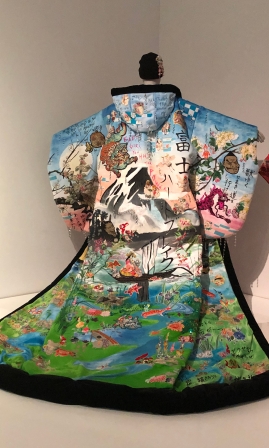 It made me think back to that exhibition and draw some probably-stretching-a-point parallels with the life we’re living right now. The simple structure of one place to be in, with no variation and no urgency (or option) to be anywhere else – well maybe that’s the simple structure of the kimono. We can make it beautiful with decoration – but the simple shape is already everything that’s needed. Maybe the need for embroidery comes later.
It made me think back to that exhibition and draw some probably-stretching-a-point parallels with the life we’re living right now. The simple structure of one place to be in, with no variation and no urgency (or option) to be anywhere else – well maybe that’s the simple structure of the kimono. We can make it beautiful with decoration – but the simple shape is already everything that’s needed. Maybe the need for embroidery comes later.





 The Italian translation of cielo is the sky or heavens. The meaning in Spanish is the same (due to the shared Latin root – caelum) but that doesn’t seem as relevant because this is a review of a pattern from the Closet Case Patterns
The Italian translation of cielo is the sky or heavens. The meaning in Spanish is the same (due to the shared Latin root – caelum) but that doesn’t seem as relevant because this is a review of a pattern from the Closet Case Patterns 
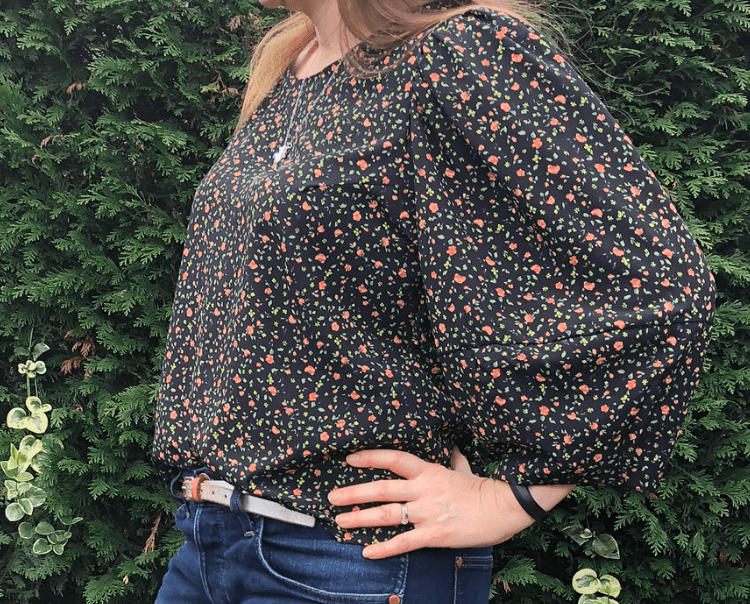 So what finally got me there? It was the pouffy sleeves of the Cielo that took me across the line with this one. They looked fabulous in the line drawing, kept popping up in different blogs that I follow, and seemed even better in the Instagram selection that I researched. And now that I have those sleeves to waft around in for myself, it’s hard to imagine wanting to wear anything else!
So what finally got me there? It was the pouffy sleeves of the Cielo that took me across the line with this one. They looked fabulous in the line drawing, kept popping up in different blogs that I follow, and seemed even better in the Instagram selection that I researched. And now that I have those sleeves to waft around in for myself, it’s hard to imagine wanting to wear anything else!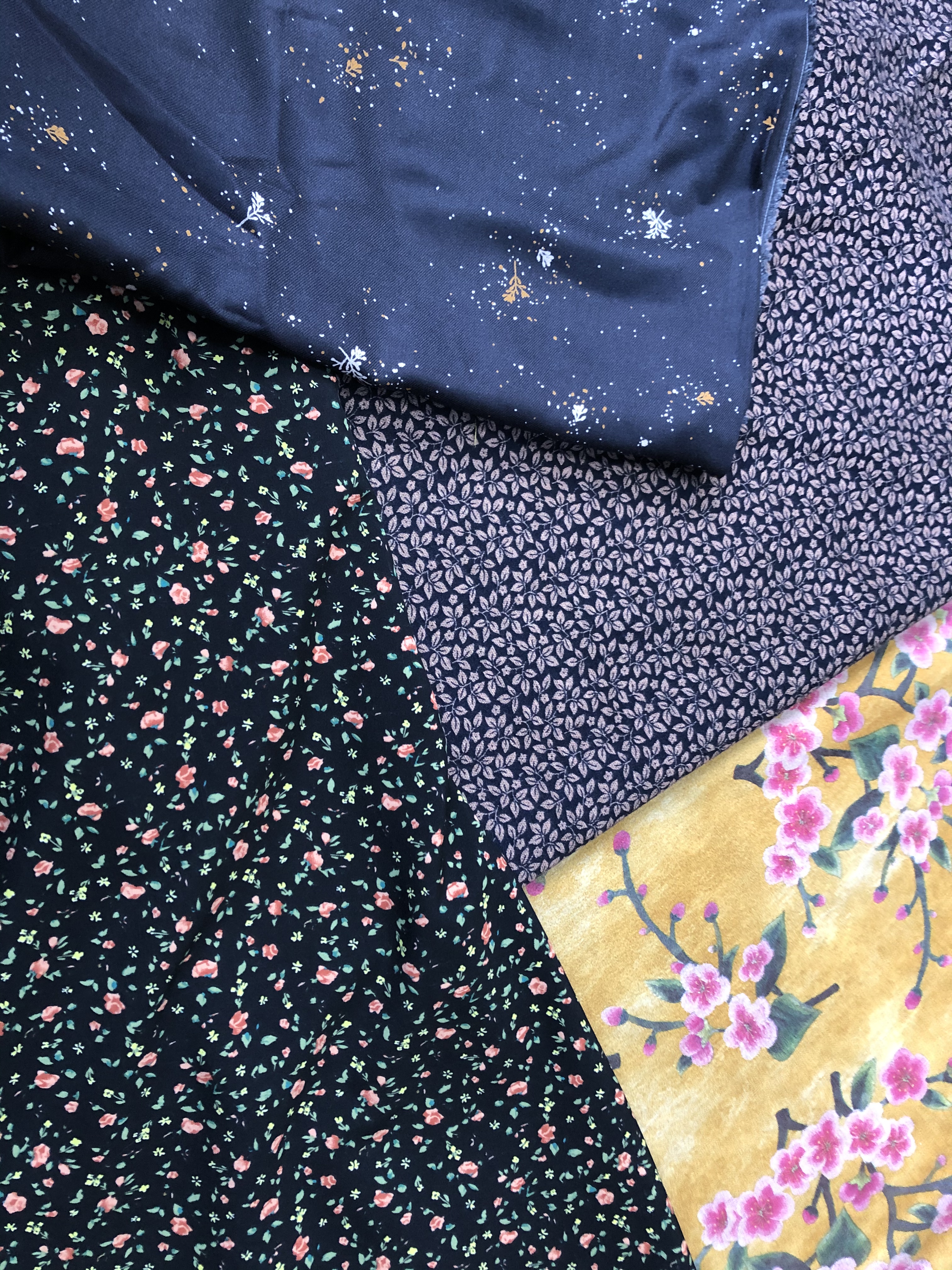 The fabric and the pattern were both purchased at the Stitch Festival last weekend. I bought the pattern from Sew Me Something – and I really have no memory of where the fabric came from. There were so many stalls – so much wonderful fabric – and I was like a child in a sweet shop. What a dangerously lovely day! I ended up buying far too much fabric, all prints despite a firm commitment going in to only buy solids, and for the most part, no clear idea of what they would become.
The fabric and the pattern were both purchased at the Stitch Festival last weekend. I bought the pattern from Sew Me Something – and I really have no memory of where the fabric came from. There were so many stalls – so much wonderful fabric – and I was like a child in a sweet shop. What a dangerously lovely day! I ended up buying far too much fabric, all prints despite a firm commitment going in to only buy solids, and for the most part, no clear idea of what they would become. Next I managed to cut out one of my huge sleeve heads with fabric that had a hidden cut out – you know when you fold it and you’re sure that you know where the lower fabric edge runs, but there’s one bit that’s cut out? That was me. And it was right in the middle of the sleeve head. It’s such an enormous pattern piece that I didn’t want to just recut the piece (it would have been so wasteful), so instead I recut the top of the piece about 3cm down, to lose the chunk that was missing – I knew that it would make the sleeve a bit shorter, and possibly slightly less pouffy, but as the cost was only about 2cm across the gathered section, I decided it was the best way forwards.
Next I managed to cut out one of my huge sleeve heads with fabric that had a hidden cut out – you know when you fold it and you’re sure that you know where the lower fabric edge runs, but there’s one bit that’s cut out? That was me. And it was right in the middle of the sleeve head. It’s such an enormous pattern piece that I didn’t want to just recut the piece (it would have been so wasteful), so instead I recut the top of the piece about 3cm down, to lose the chunk that was missing – I knew that it would make the sleeve a bit shorter, and possibly slightly less pouffy, but as the cost was only about 2cm across the gathered section, I decided it was the best way forwards.











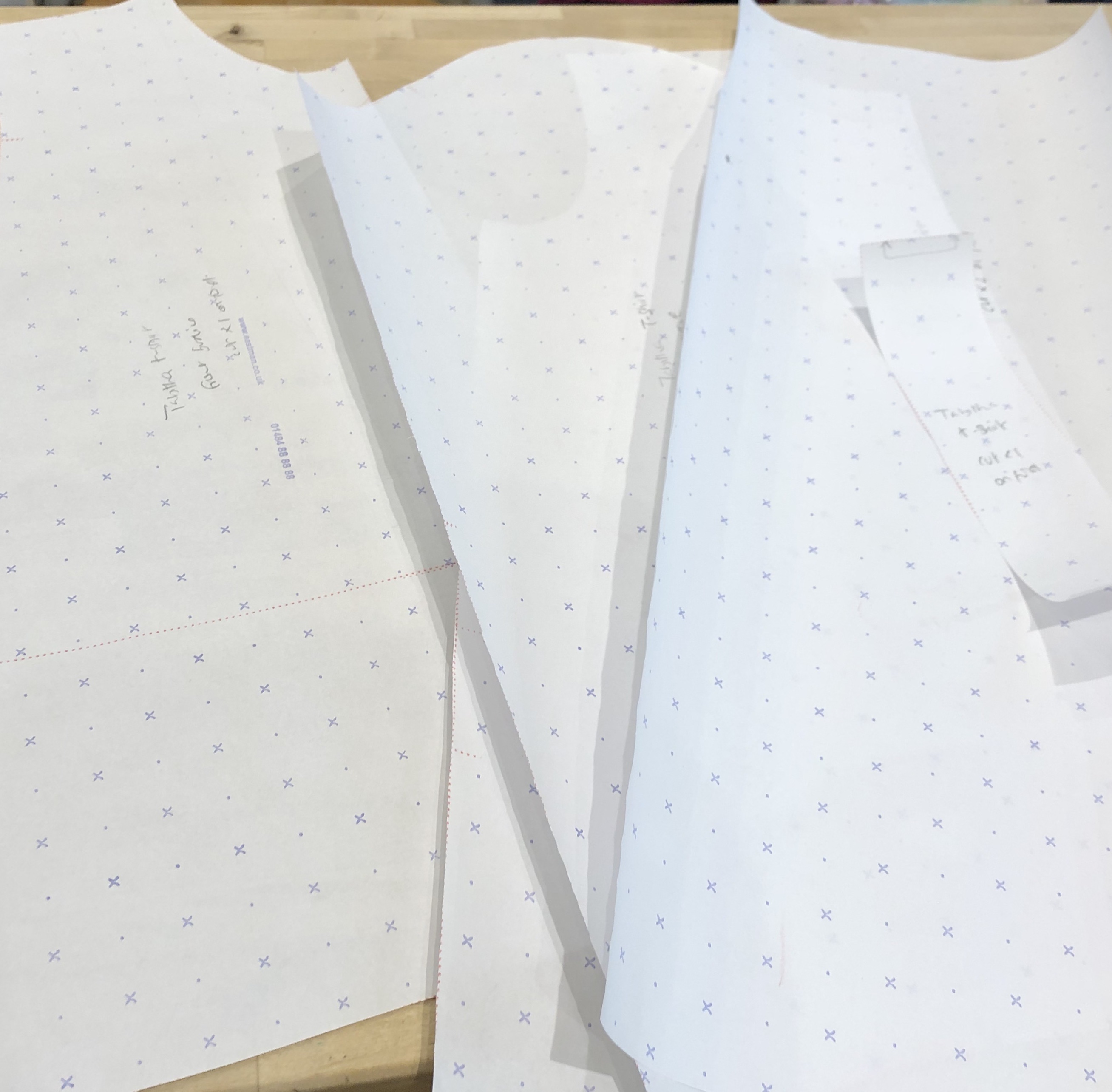 10:01 Start tracing pattern pieces in size 4.
10:01 Start tracing pattern pieces in size 4.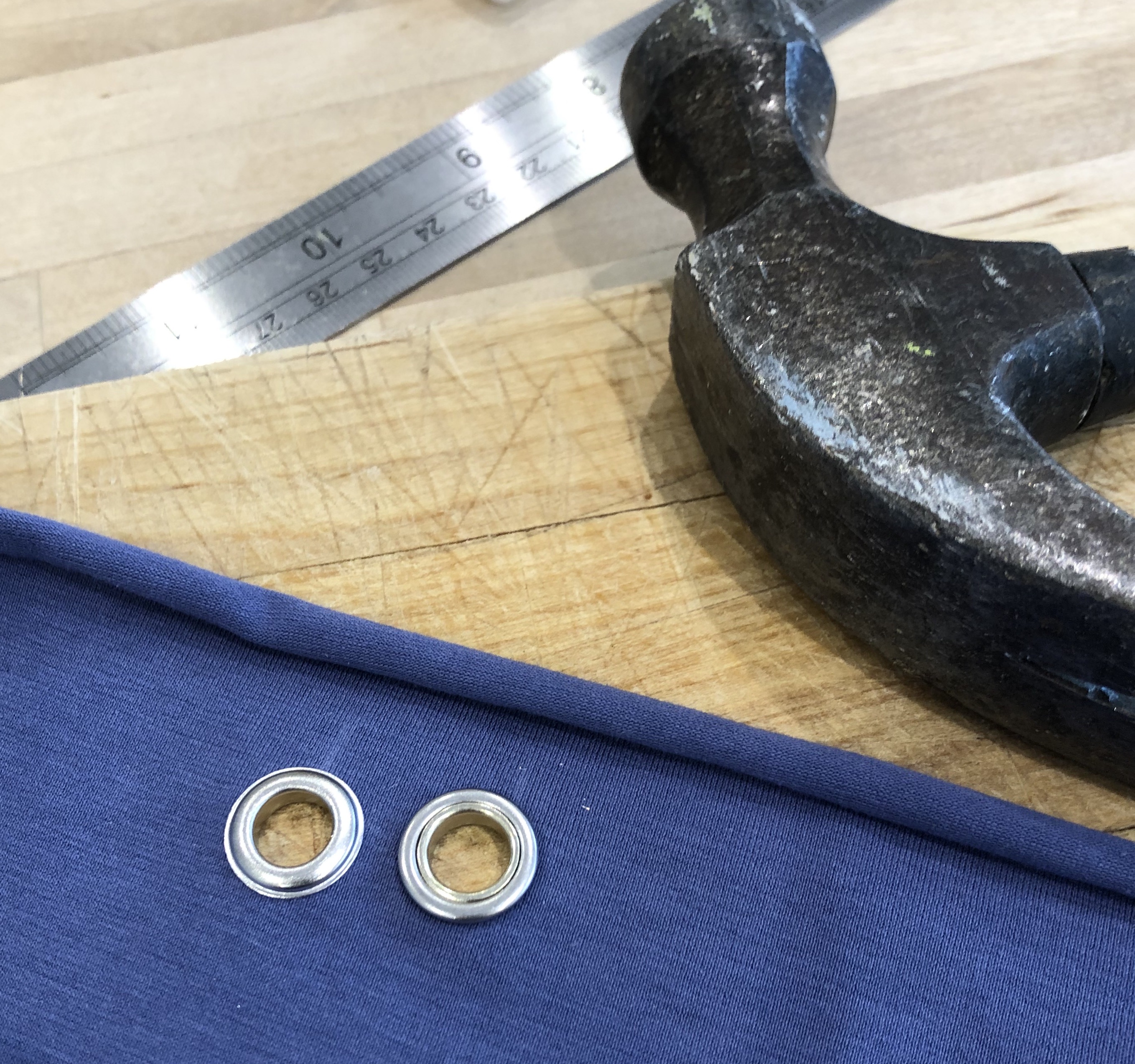 12:04 Find eyelet kit and a scrap piece of fabric to test it on – not inserted an eyelet before.
12:04 Find eyelet kit and a scrap piece of fabric to test it on – not inserted an eyelet before.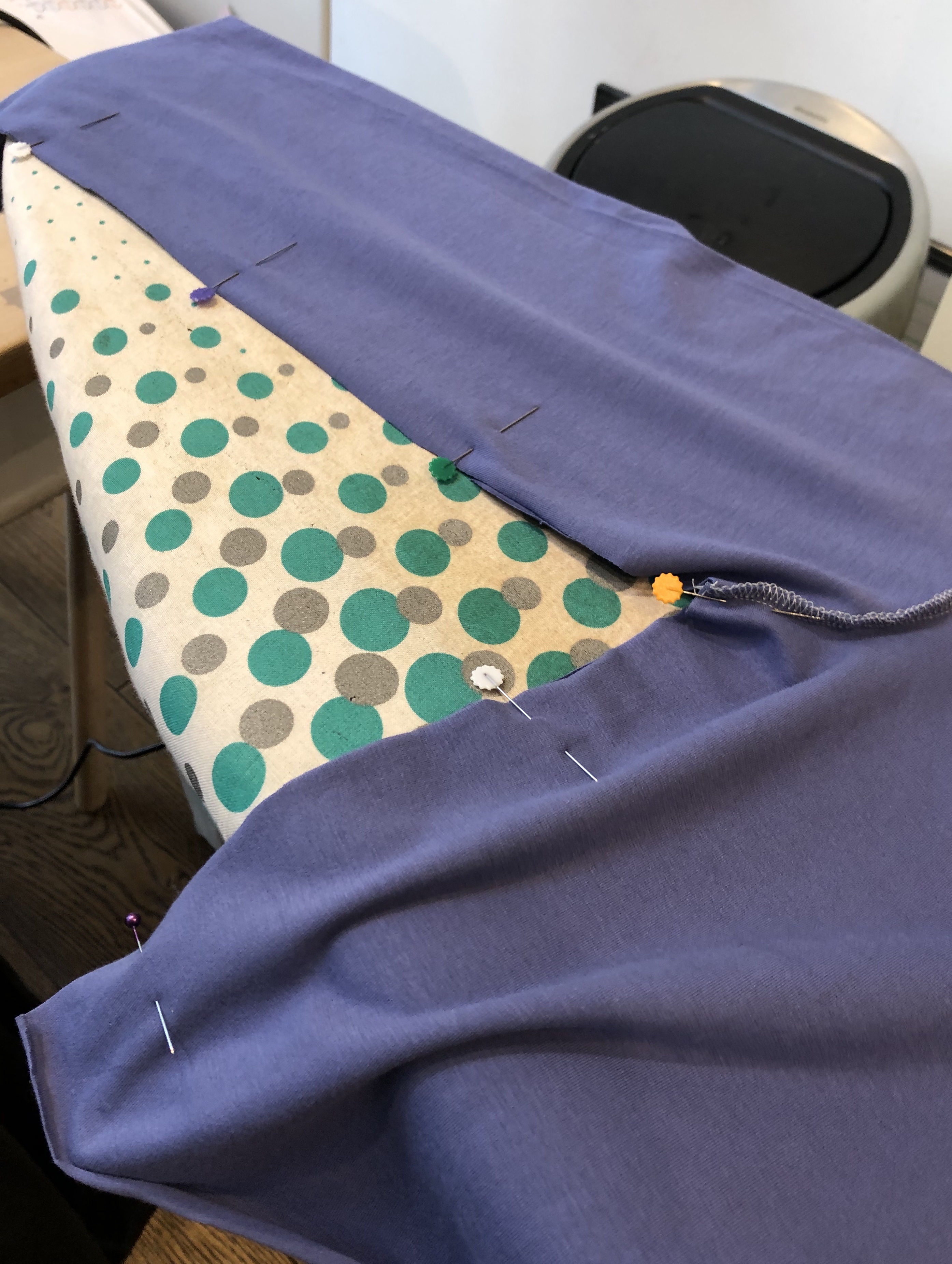 1:56 Sleeves in: time for lunch.
1:56 Sleeves in: time for lunch.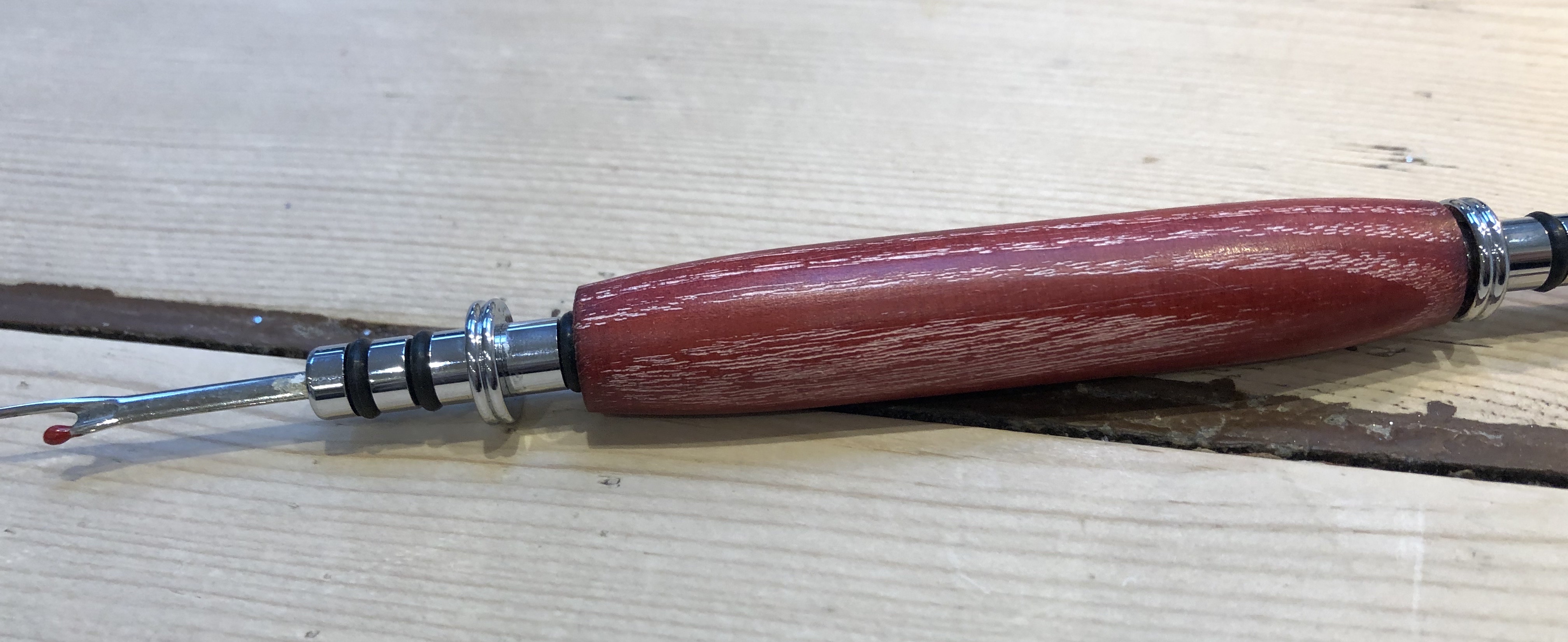 3:27 Bodice attached but with too wide a seam allowance – so the eyelets are now in the wrong place. Seam rip (bonus of using beautiful
3:27 Bodice attached but with too wide a seam allowance – so the eyelets are now in the wrong place. Seam rip (bonus of using beautiful  4:35 Drawstring fail. Fabric not thin enough to roll into a tube so now sewing it together and turning it through – dullsville.
4:35 Drawstring fail. Fabric not thin enough to roll into a tube so now sewing it together and turning it through – dullsville.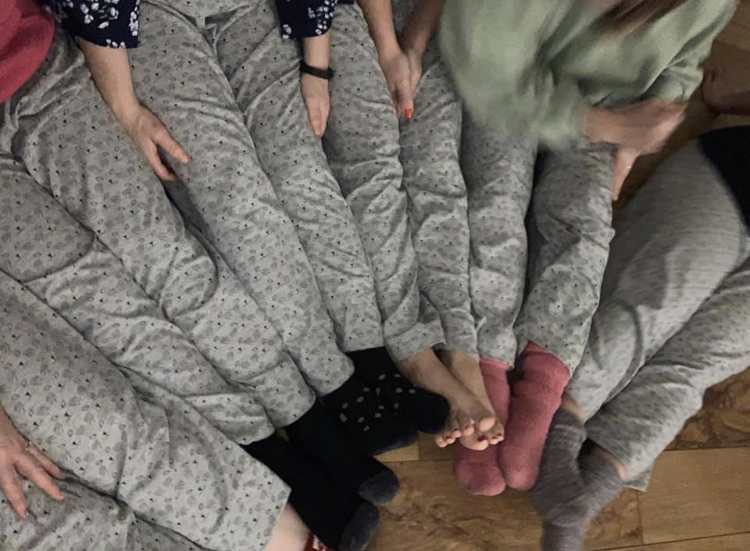 Sooo – rather higher than the 3 hours and 5 minutes estimate from Tilly – but as we can see, when bearing in mind the reality of my life, expertise and general approach to sewing I should sensibly double all future estimates! And you know, that’s really fine – sewing isn’t something I do in batch (as a rule – the six pairs of PJ trousers I recently made for a girls’ trip away with my old university friends was a definite exception) or to a schedule. I sew because I love sewing. My output may not be great, but I enjoy every (OK, almost all of the) minute(s).
Sooo – rather higher than the 3 hours and 5 minutes estimate from Tilly – but as we can see, when bearing in mind the reality of my life, expertise and general approach to sewing I should sensibly double all future estimates! And you know, that’s really fine – sewing isn’t something I do in batch (as a rule – the six pairs of PJ trousers I recently made for a girls’ trip away with my old university friends was a definite exception) or to a schedule. I sew because I love sewing. My output may not be great, but I enjoy every (OK, almost all of the) minute(s).



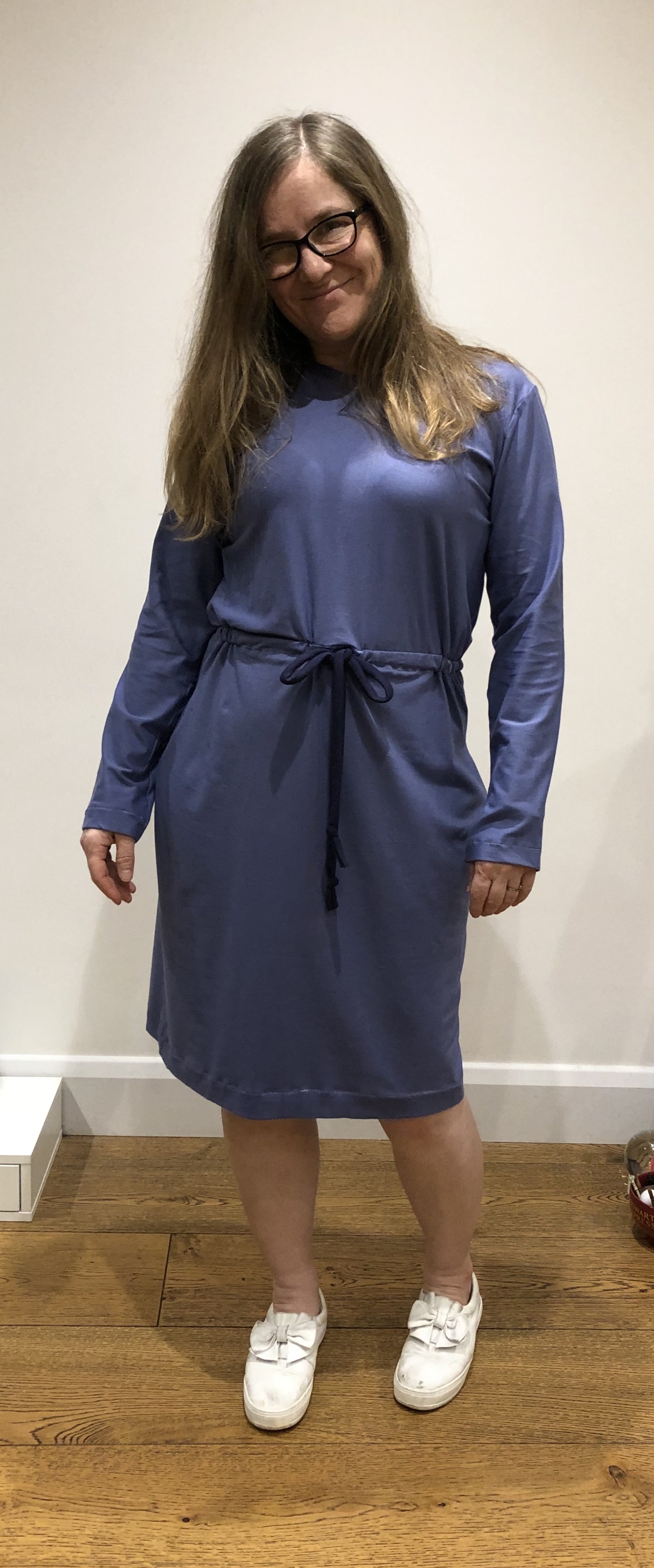
 I’m a slow sewist but that doesn’t mean that I have a perfectionist attitude to my sewing: basically I’m just slow. I’ve been sewing for six years now and while I’ve learned a hell of a lot about making garments in that time, this is very much a hobby for me. I’m definitely better than I was, but this is a journey without a destination in mind – so there’s no route map either.
I’m a slow sewist but that doesn’t mean that I have a perfectionist attitude to my sewing: basically I’m just slow. I’ve been sewing for six years now and while I’ve learned a hell of a lot about making garments in that time, this is very much a hobby for me. I’m definitely better than I was, but this is a journey without a destination in mind – so there’s no route map either. After a small item that I wrote was published in the
After a small item that I wrote was published in the 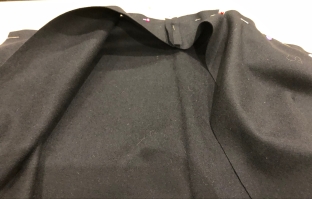 So this time was a first for me. I cut the main pieces in some old heavy black cotton from my stash. I stitched them together by hand – and actually really enjoyed that part of the process. You know when you read instructions, but it isn’t until you’ve made the thing that it makes sense? Well somehow that’s a lot clearer if you’re sewing by hand and not just feeding fabric into a machine.
So this time was a first for me. I cut the main pieces in some old heavy black cotton from my stash. I stitched them together by hand – and actually really enjoyed that part of the process. You know when you read instructions, but it isn’t until you’ve made the thing that it makes sense? Well somehow that’s a lot clearer if you’re sewing by hand and not just feeding fabric into a machine.






